Who doesn’t love the sound of bubbly opening? That popping sound as the cork bursts out of the bottle is a sign of celebration, joy, and happiness. That happiness doesn’t always have to come from a high-end Champagne. Prosecco is a celebration-worthy, joy-inducing, happiness-bringing wine, too.
Prosecco has been highly praised by influential wine critics worldwide and for a good reason. James Suckling said, “Prosecco is one of the hottest wine categories in the world. Maybe it’s a reasonable price compared to Champagne or other sparkling wines. Or maybe it’s the light, fresh style of Italy’s popular spumante? Whatever, Prosecco can be wonderful, especially as an aperitif.”
Let’s dive into this “hottest” wine category.
What Is Prosecco and How Is It Produced?
Prosecco is an Italian sparkling wine made predominantly in northeast Italy. Its main grape is Glera, a green grape with high acids that make it ideal for bubbles. It’s produced in the "Tank" or "Charmat" method, or "Metodo Martinotti" as the Italians call it. This method allows the better preservation of aromas of Glera, a semi-aromatic grape exclusive to the region and the main grape used in Prosecco wine.

Traditional Prosecco that’s made from all white grapes spends 30 days undergoing a second fermentation in the tank before it’s bottled. Prosecco Rosé must have a second fermentation for 60 days.
Prosecco’s Production Area and Climate
The grapes to produce Prosecco must come from two regions in North East Italy, stretching from Conegliano in Veneto to the border of Friuli Venezia Giulia. Prosecco exclusively comes from this area.
The region is located between the Dolomites and the Adriatic Sea. Constantly evolving, it now consists of 9 provinces: Belluno, Treviso, Pordenone, Udine, Gorizia, Vicenza, Padova, Trieste and Venezia.
Prosecco holds the following appellations:
- Prosecco DOC: This area covers nine entire provinces and is composed of more than 56,834 acres.
- Conegliano Valdobbiadene- Prosecco DOCG: This is the historical hilly area in Veneto that was promoted from DOC to DOCG. It’s composed of more than 19,027 acres. The famous Sub-Zone of Cartizze belongs to this area, which covers around 264 acres of south-facing slopes. Wines from this zone must be hand-harvested.
- Asolo Prosecco DOCG: It’s the hilly area to the southwest of Valdobbiadene, with more than 4,447 acres.
The continental climate of this region is generally warm to moderate. For instance, in the zone of Conegliano, there is more influence from the Adriatic Sea; therefore, it’s warmer and produces softer and riper wines with more fruity notes. In Valdobbiadene, the hills are more in contact with the cool Alpine breezes; as a result, wines will have higher acidity because of the cooler meso-climate.
Fun fact: If you ever see a wine labeled “Cartizze “or “Rive,” the wine comes from the most exceptional areas where the vineyards are on very steep hills.
The Origins of Prosecco
There are several hypotheses regarding the origin of the grape that is now known as Glera. Some people state that it comes from Carso (a tiny municipality in Trieste, a few miles away from Slovenia.) Others believe it comes from the Euganean Hills and was brought to the Slovenian hills.
However, the origin of Prosecco as the wine we know it as is credited to the Italian Federico Matinetti. He first patented the system of creating sparkling wine in a tank in 1895, calling it Metodo Martinetti. In 1907, a French man named Eugène Charmat made some tweaks to the method, and the process of creating Prosecco is now frequently referred to as the Charmat method.
How is Prosecco different from Champagne?
Besides using different grapes, the production of Champagne is done with a second fermentation in the bottle. Prosecco's second fermentation happens in a tank before the wine is bottled.
Champagne also relies on using more neutral grapes instead of a semi-aromatic grape like Glera. It requires a longer aging process, therefore, more contact with lees, which generates autolytic aromas and flavors like yeast, cream, butter, and toasty notes.
How is Prosecco Produced?
These are the steps that go into producing Prosecco once the grapes are ready to pick:
- Harvest: Picking from the vineyards after they have completed their ripening process and have suitable sugar and acidity levels. (If the grapes have been hand-picked, it's the producer's choice to press the whole bunches or to destem and press).
- Destemming: Removing the grapes from the stalks.
- Pressing: Separation of the must (juice) from the skins after pressing the grapes.
- First Fermentation: Conversion of the grape into wine. Usually, this process lasts 15-20 days at a temperature of 64°F to preserve the essential fruit aromas and flavors.
- Second Fermentation: This fermentation must happen in a sealed tank to manage the pressure that builds as the wine begins to gain bubbles. It usually lasts around about a month on the lees at 54–59°F. Winemakers want to preserve the primary aromas of the grape so the time on the lees must be short. After the second fermentation, the wine is chilled and filtered.
- Bottling and Labeling: The already-sparkling wine is bottled, corked, and labeled.
Is Prosecco Sweet?
The level of sweetness plays a vital role in the style of Prosecco. There are six types of styles according to the sugar content. Traditional Prosecco from only white grapes can be made in any of these styles. Prosecco Rosé can be made only in the first four of them.
- Brut Nature: 0-3 g/l
- Extra Brut: 3-6 g/l
- Brut: 6-12 g/l
- Extra Dry: 12-17g/l
- Dry:17-32 g/l
- Demi-Sec: 32-50 g/l
Other Styles of Prosecco
- Prosecco Col Fondo: Prosecco that’s made in the Ancestral Method with fermentation happening in the bottle. Think of it as Pét Nat Prosecco. The title “Rifermentazione Naturale in Botliglia,” which means “natural refermentation in the bottle,” must appear on the label. You can easily distinguish this wine because it usually has a crown cap.
- Tranquillo: Still (non-sparkling) Prosecco.
As a note, all Prosecco categories must have at least 85% of Glera grape.
Prosecco’s Taste & Best Pairings
Prosecco DOC wines are lighter in intensity compared to Prosecco DOCG wines. In both, you’ll find notes of apples, pears, peaches, and honeysuckle. These are vibrant and refreshing wines.
Prosecco is excellent to pair with Italian dishes or with international dishes. Due to its versatility, and a moderate level of alcohol, it matches perfectly with fresh cheeses or a board of charcuterie. Consider the level of sweetness in a Prosecco when you’re pairing it. Here are some broad guidelines, but feel free to try various Prosecco styles with various types of food.
- Brut Nature: Good with hardy dishes.
- Extra Brut: Beef skewers, chicken rabbit
- Brut: Seafood and shellfish
- Extra Dry: Appetizers and nibbles
- Dry: Good for the end of the meal with dessert
- Demi-Sec: Sweets and desserts
How to Identify Prosecco?
To identify authentic Prosecco, look for the band around the neck of the bottle.
- Prosecco DOC: A blue band with the Indication of DOC on the label. This blue band must have a state mark and be sealed with the classic phrase “Made in Italy.”
- Prosecco DOCG: A gold band with the Indication of DOCG on the label. The gold band must have a state mark and be sealed with the classic phrase “Made in Italy.”
Sustainability in Prosecco
The region’s consortium is always looking to improve the wines to satisfy consumers needs and protect the territory. Therefore, they seek the Certification of Sustainable Domination, based on strict standards and measurements to control and protect environmental, economic, and socially sustainable practices.
The following criteria determine sustainability management System Territory, organization, and product bases:
- Excellent Viticulture Practices.
- Improvement management and constant research.
- Environmental measurements: (Carbon and Water Food Print Biodiversity).
- Good socio-economical practices.
- Ethics code of Denomination.
- Economic Analysis and Strategic Planning.
- Worker's education, growth, and protection with stakeholders.
- Quality, identifiability, circular economy, and waste dwindle in transformation and bottling practices.
- Sustainability report
Prosecco’s Production
Prosecco production continues to increase year after year. In 2021, it recorded production of around 627 million bottles with a $3 billion estimated value.
The region is established on 28,100 hectares of vineyards; it has around 1,189 winemakers and 12,312 growing farms, and 360 sparkling houses. Co-operatives occupy half of the fruit grown, while the private sector bottles three-quarters of the wine.
Out of that big total, 75.5% was for traditional sparkling, and these were the volumes sold:
- Brut Nature: 0.2%
- Extra Brut: 0.3%
- Brut: 24.9%
- Extra Dry: 66.2%
- Dry:8.1%
- Demi-sec: 03%
11.4% Sparkling Rosé
- Brut Nature: 0.2%
- Extra Brut: 0.2%
- Brut: 0.7%
- Extra Dry: 30.1%
- Dry:69%
13.4% Semi-Sparkling
- Second fermentation in autoclave: 99.8%
- Second fermentation in the bottle: 0.2%
- <0.1% still
The export market plays an important role in this industry, almost 80% of the production is sold to foreign markets, while only 20.5% of the production stays in the country.
By percentages, 25.7% goes to the US and Canada, 0.6% to Latin America, 0.4% to Africa, 66.8% to Europe, and the remaining 2% to Australia.
Prosecco’s Key Distribution Channels
- Self-distribution 1%
- H.O.R.E.C.A 24%
- E-Commerce 3.5%
- Mass retailing and distribution of 65%
Production of Grape Varieties in Prosecco
- Glera 85.26%
- Pinot Gris 3.67%
- Chardonnay 5.5%
- Pinot Blanc 1.2%
- Pinot Noir (vinified in white) 0.1%
- Pinot Noir (vinified in red) 4.23%
- Glera Lunga 0.3%
- Verdoso 0.01%
- Bianchetta 0.01%
- Perera 0.01%
References
Camozzi P., Fontana A., Gebser J., Minerdo B., Novellini G., Nozza P., Previdi A., Quercetti F., Randazzo F. (2018). Le Migliore 100 Bollicine d`Italia. Slow Food Editore.
Broggi M, Lisa M. Airey. Italian Wine Scholar Unit 1: The Wines of Northern Italy. Wine Scholar Guild.
Consorzio Tutella Di Prosecco, DOCG (2021). Italian Genio Brochure.
Barrett P. (2021). D4: Sparkling Wines Edition. Level 4 Diploma in Wines. Wine and Spirits Education Trust.
Big Hammer Wines
The wine experts at Big Hammer Wines taste thousands of wines every year from around the globe, looking for quality and value. This special offer reflects the passion we have for our clients.
Discover the world through its wines, Click Here! Visit Bighammerwines.com and become a wine expert!
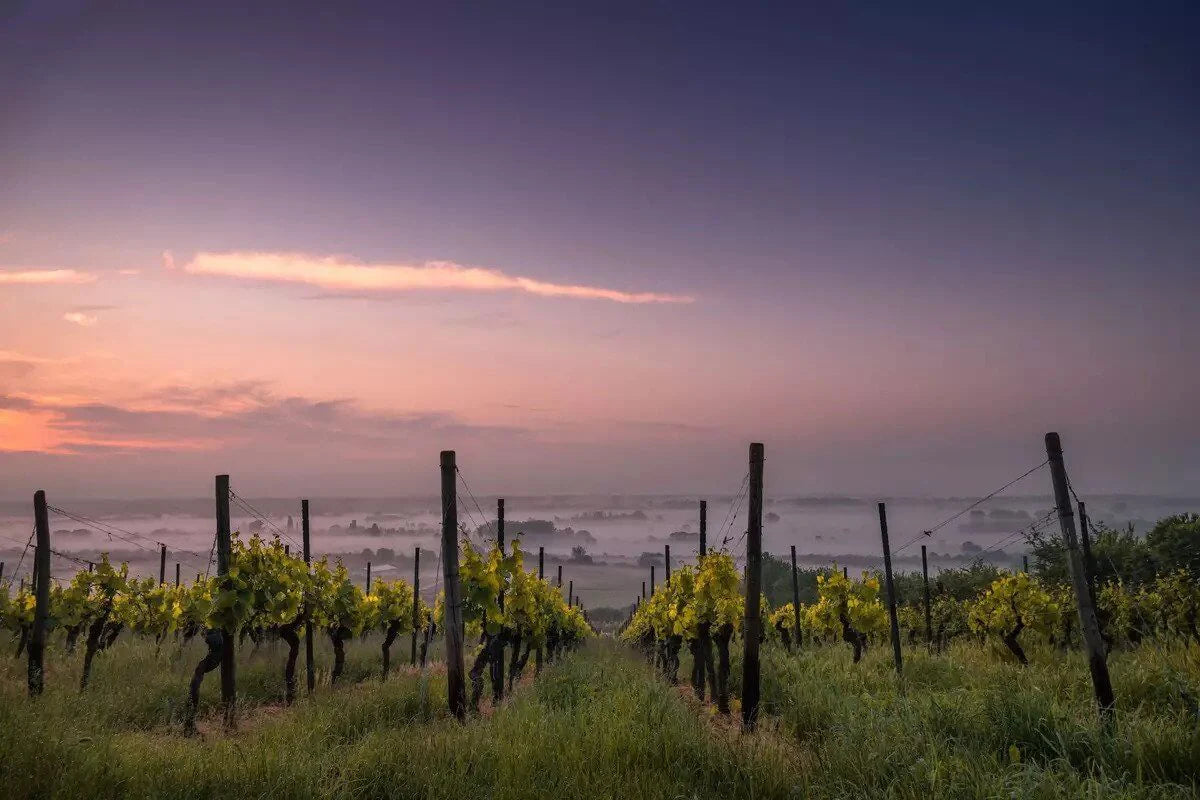
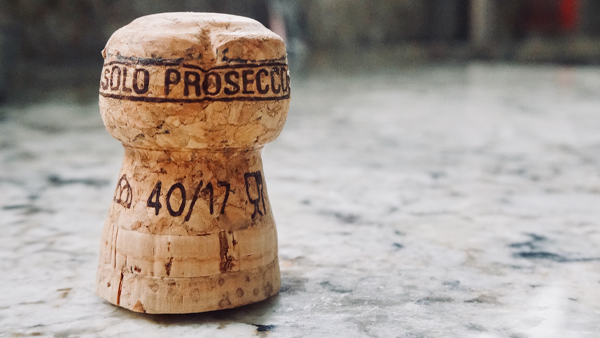
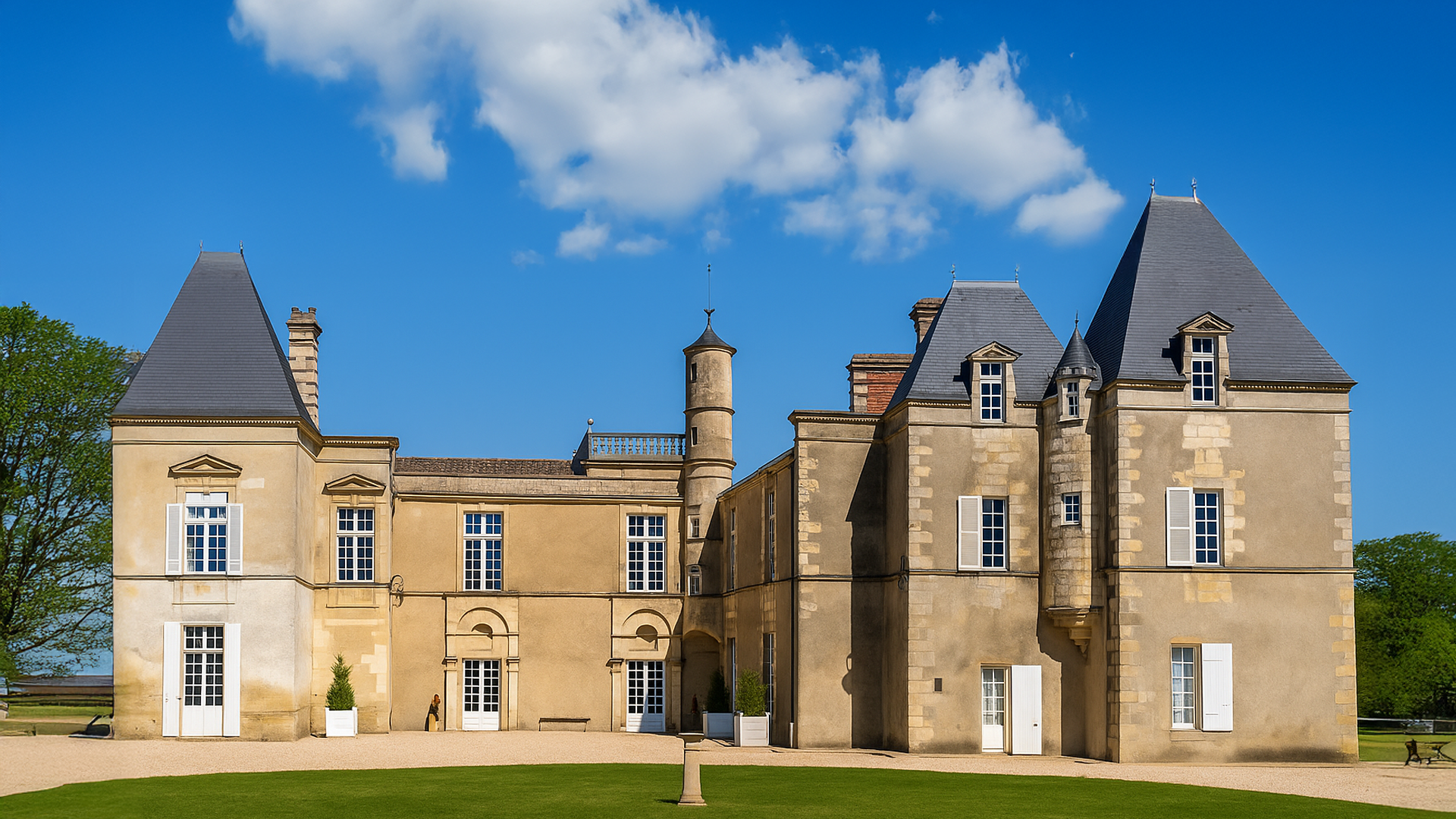
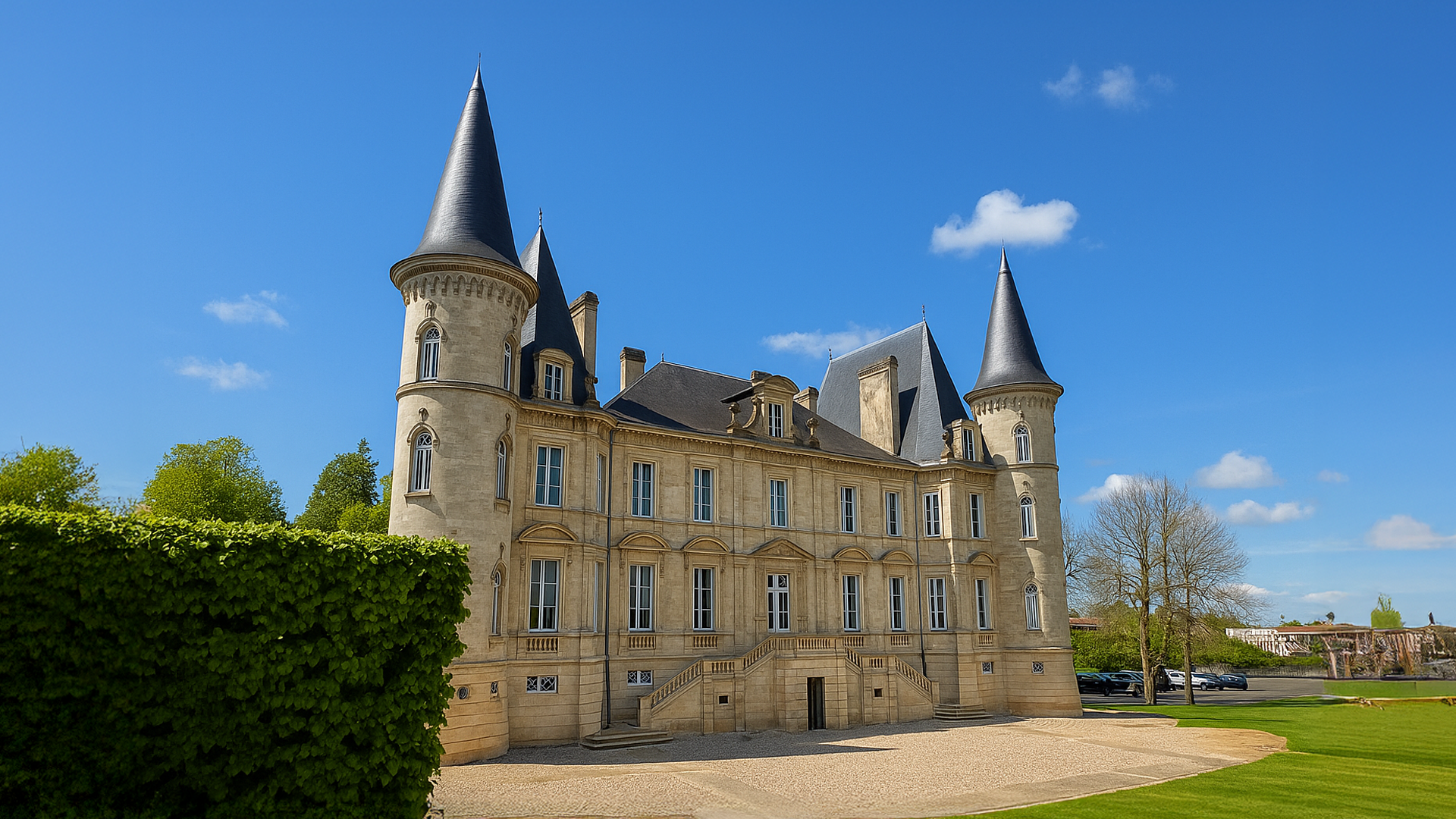
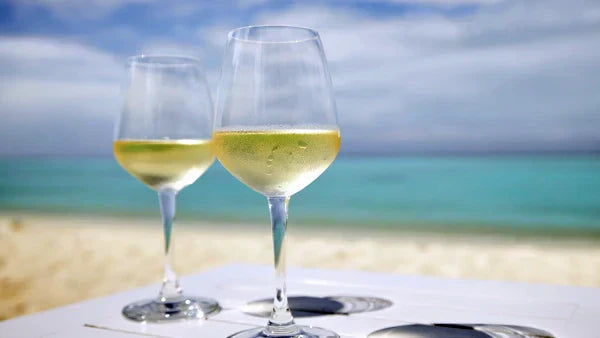


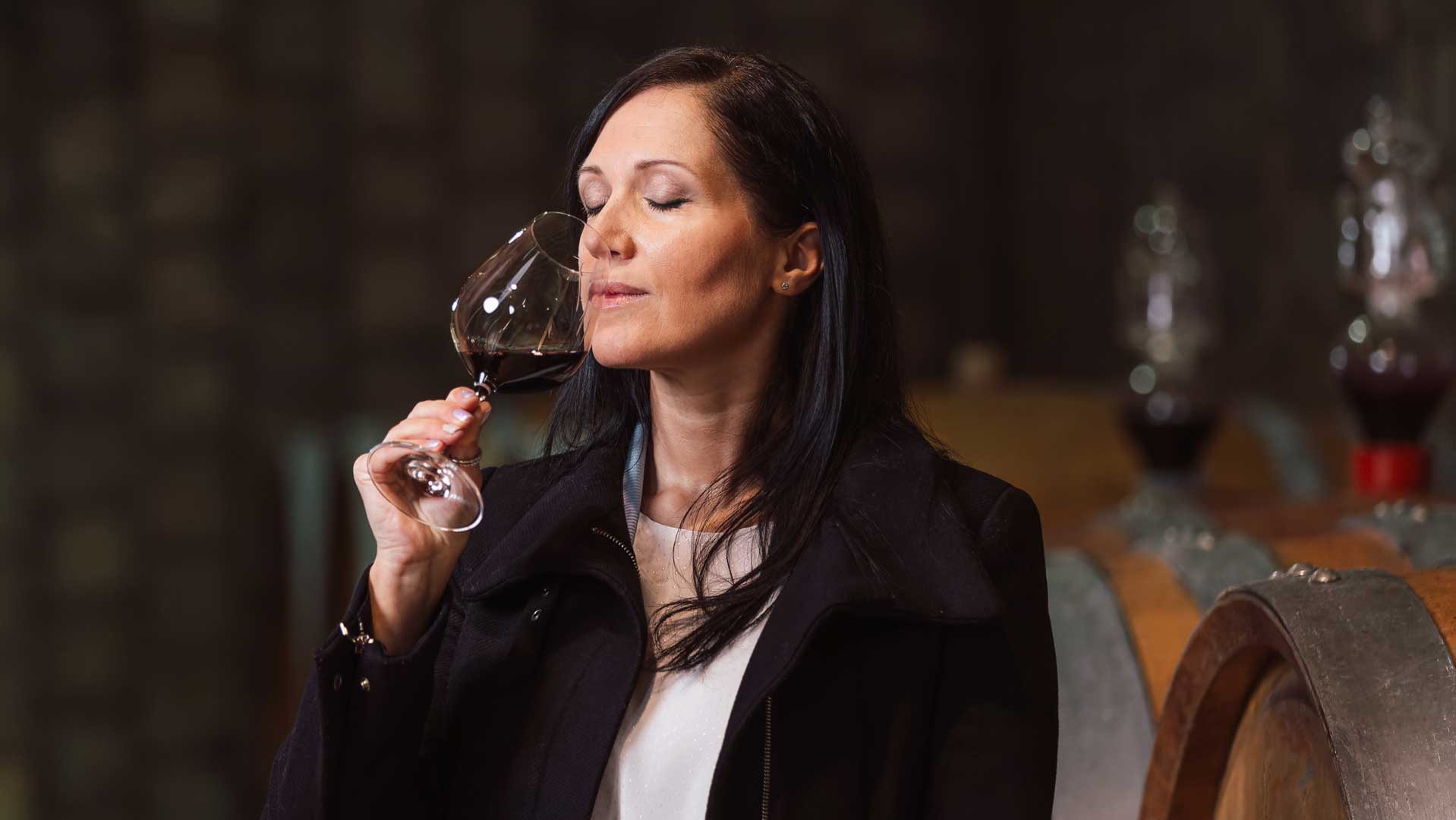
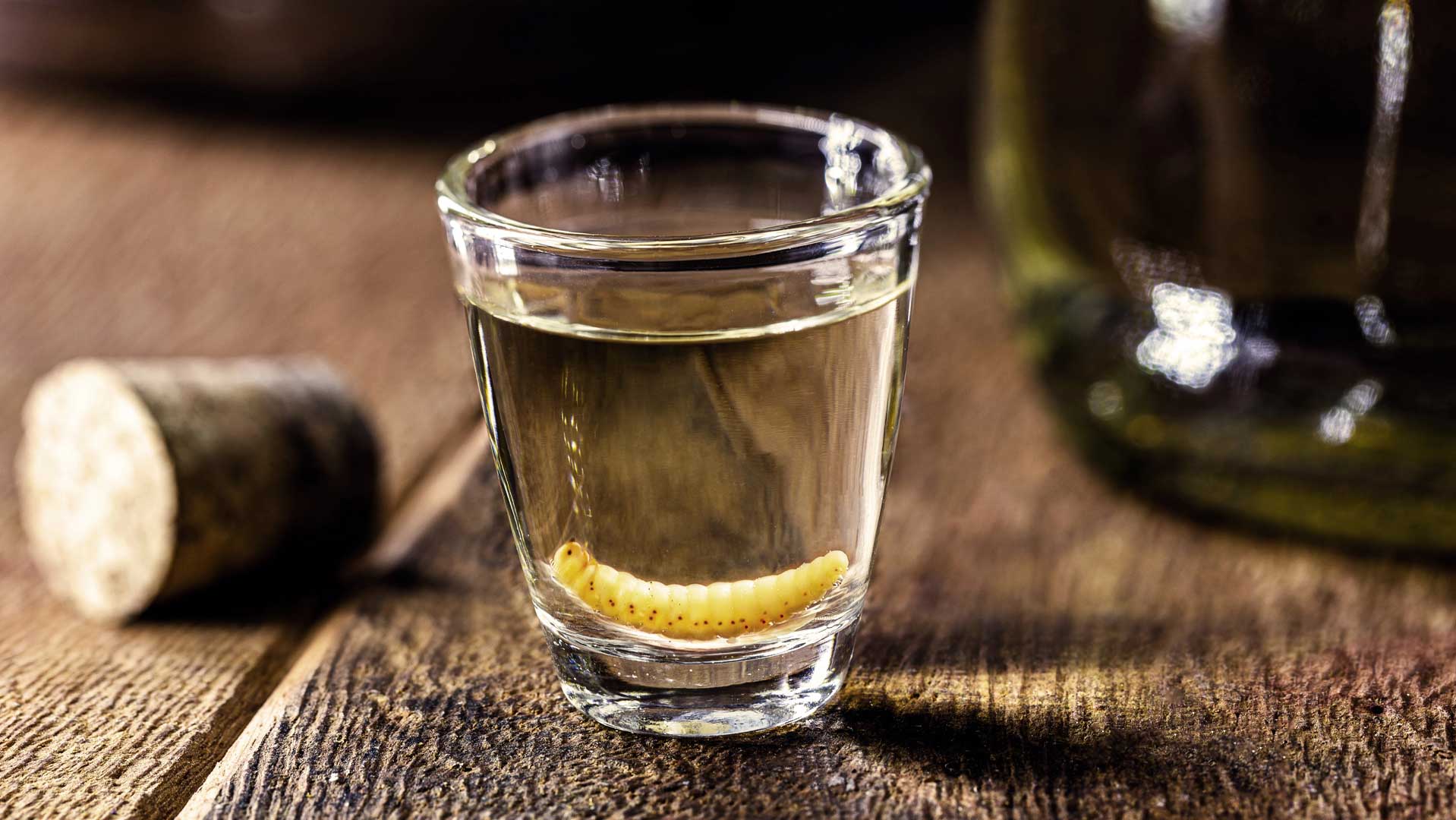
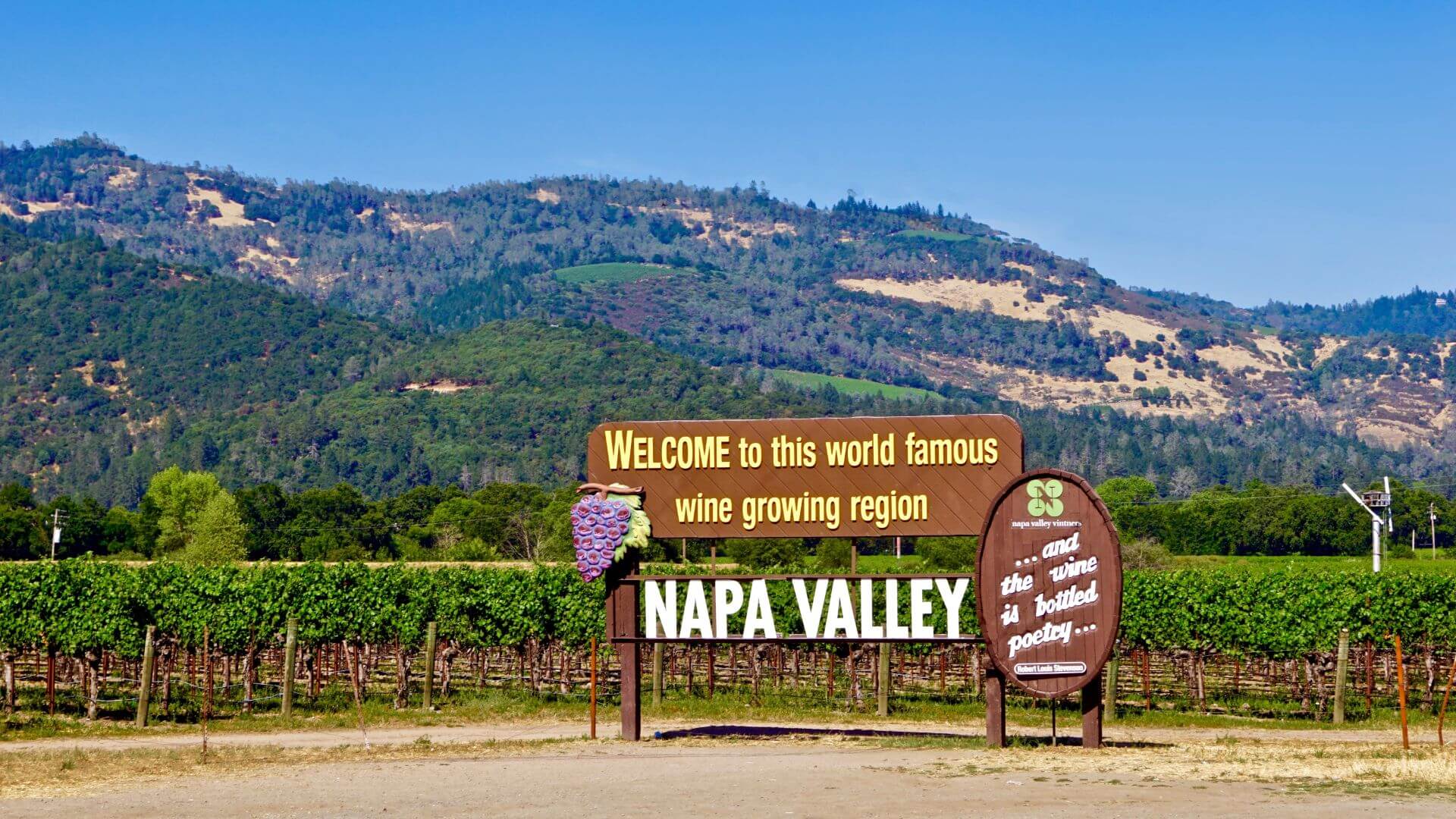
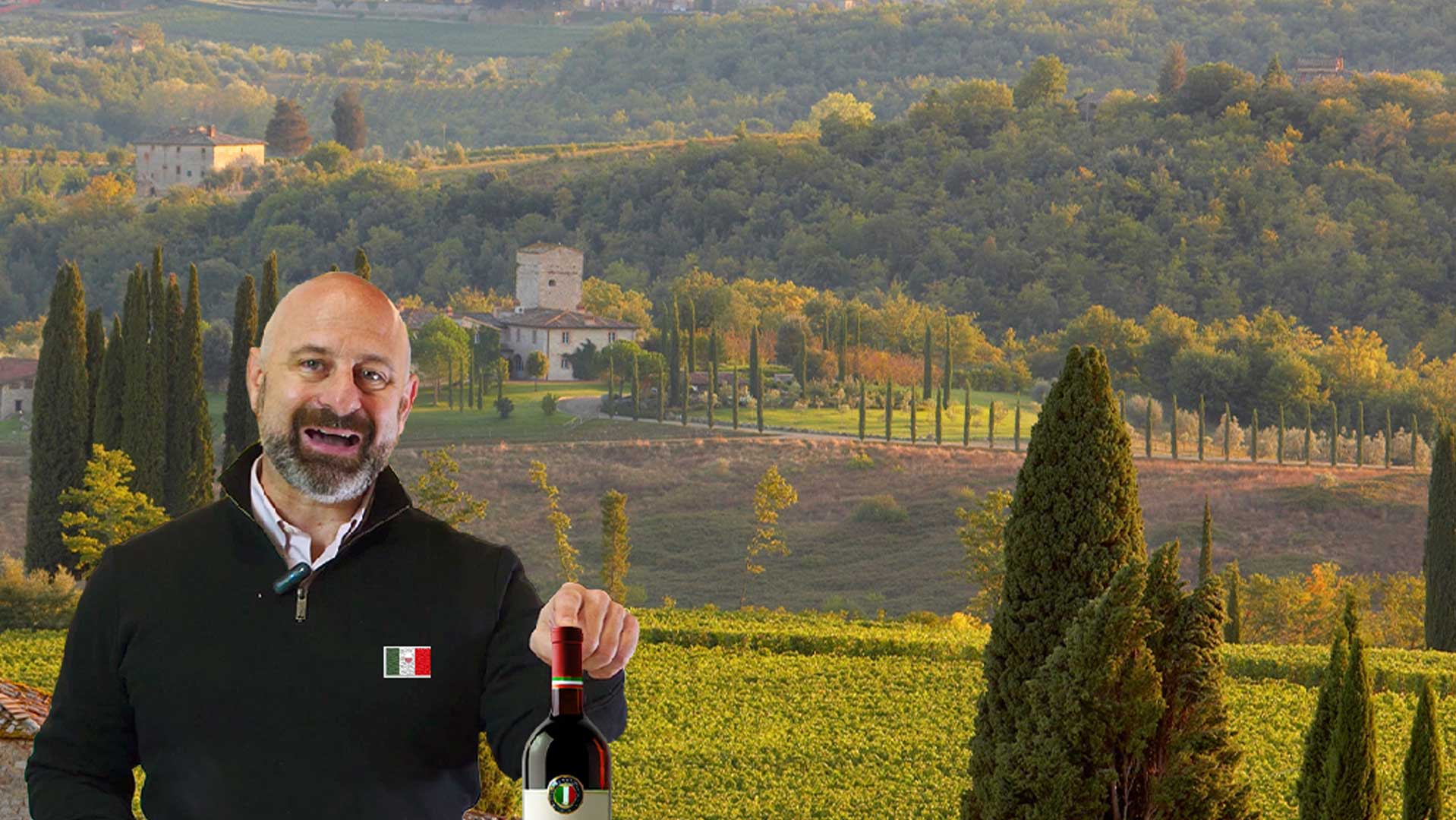
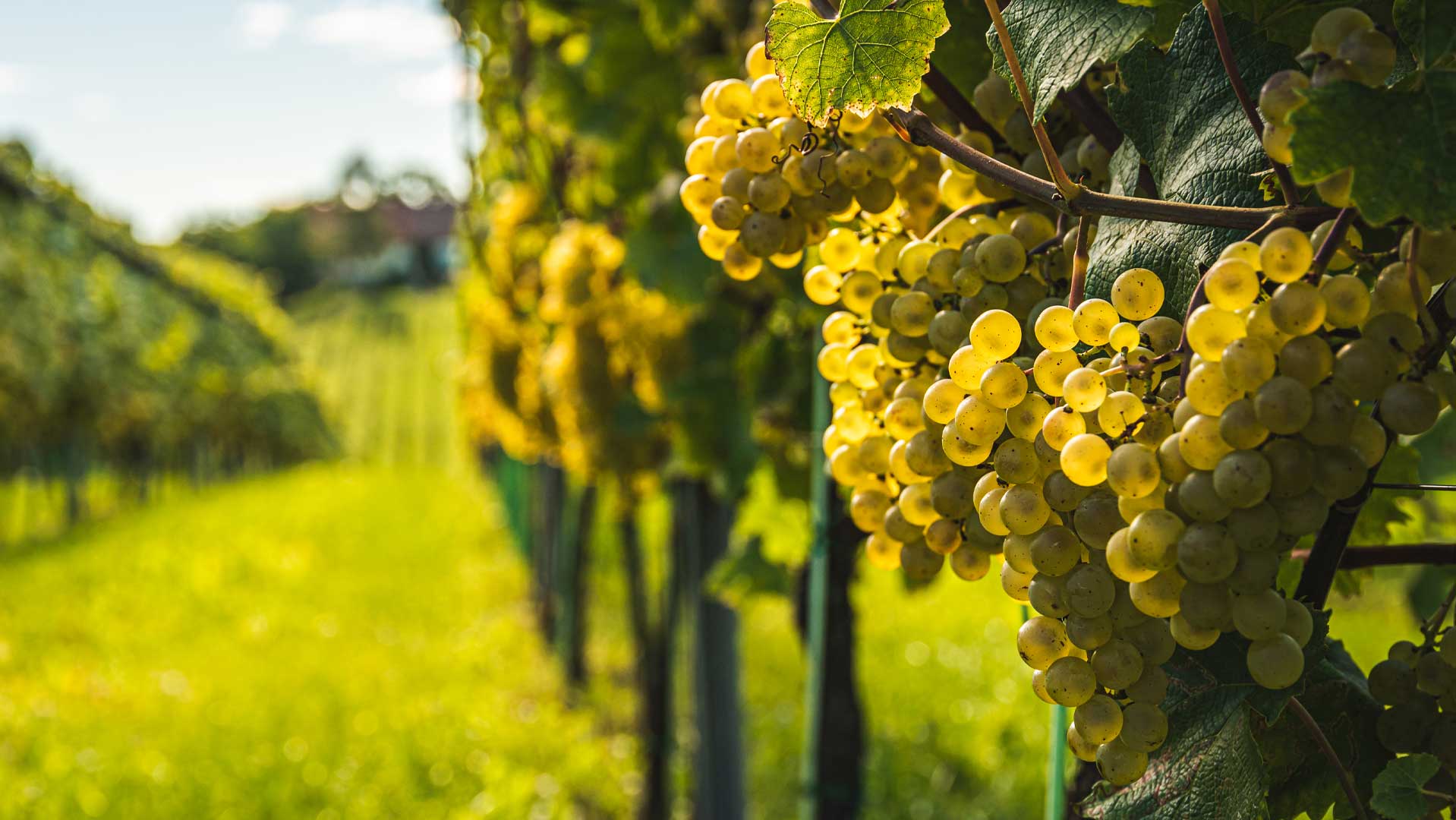
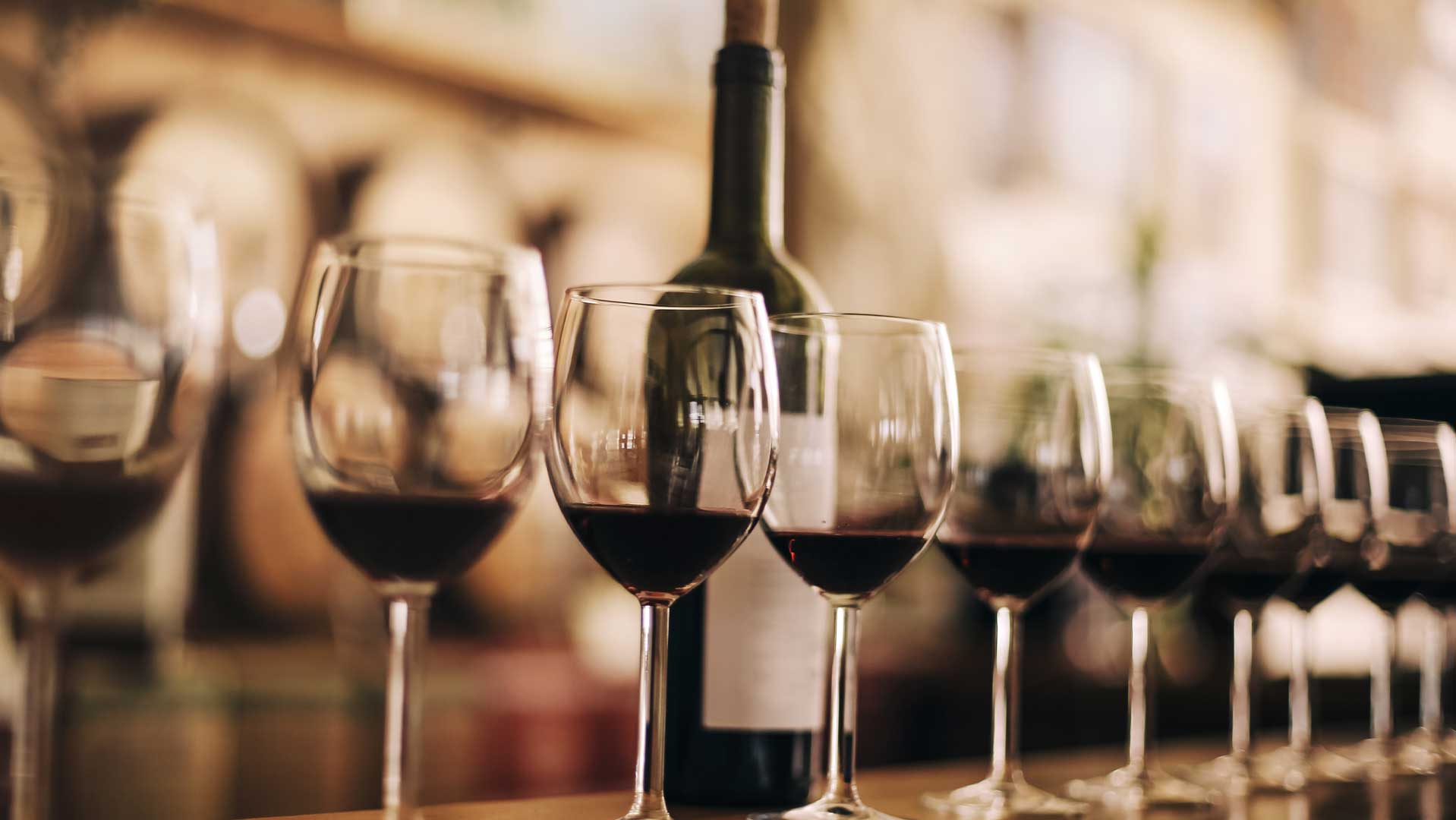
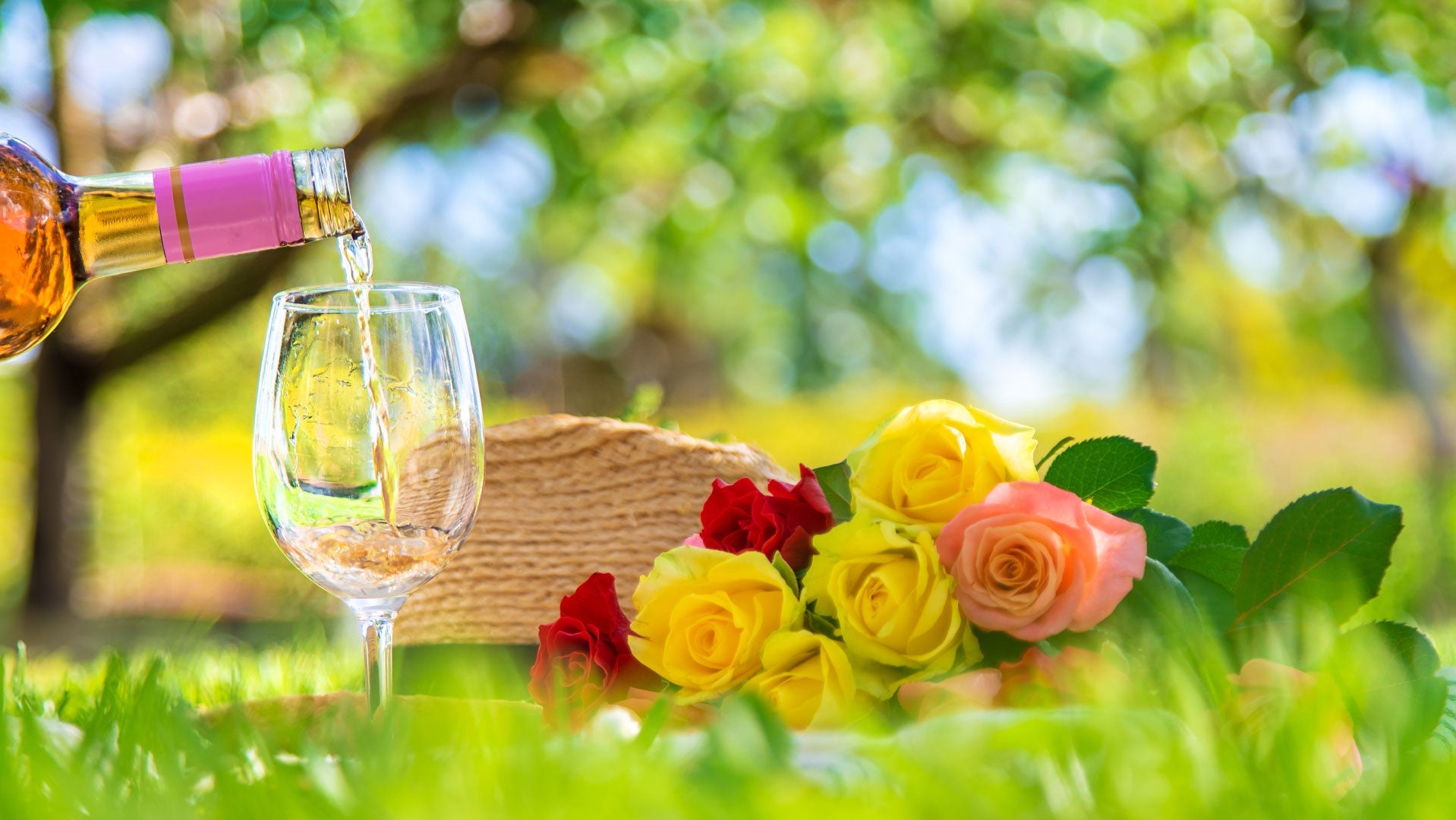
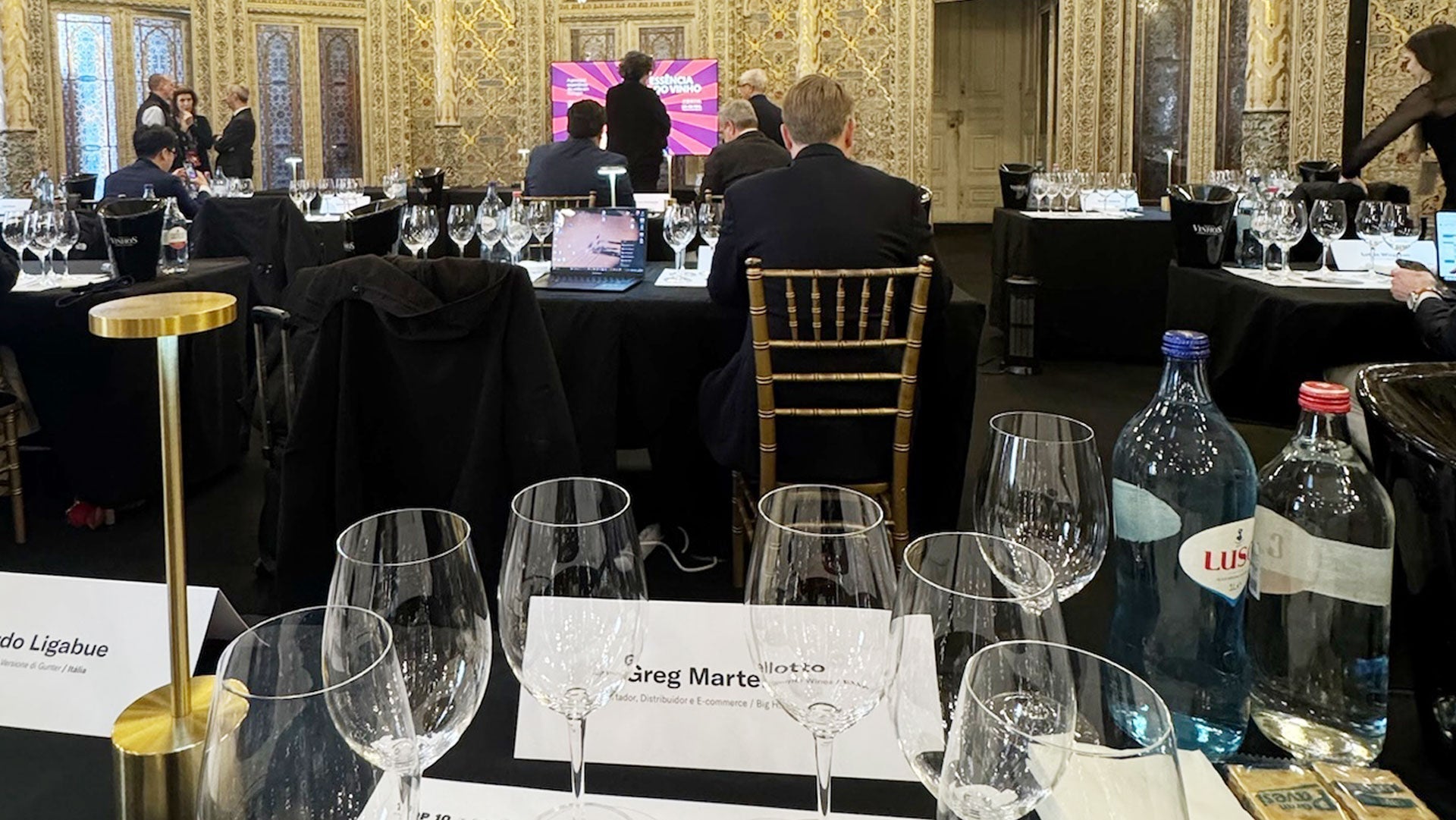
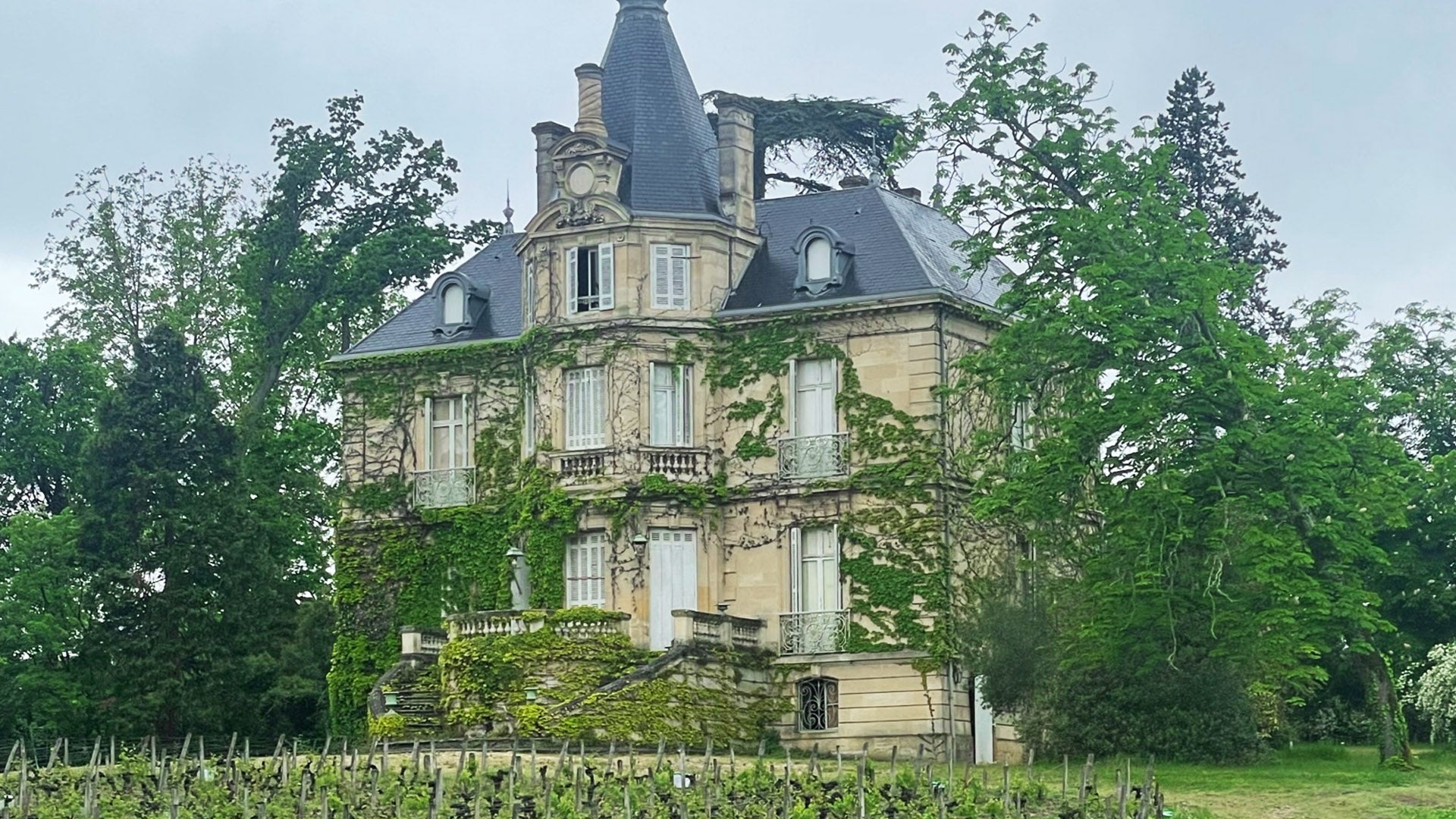
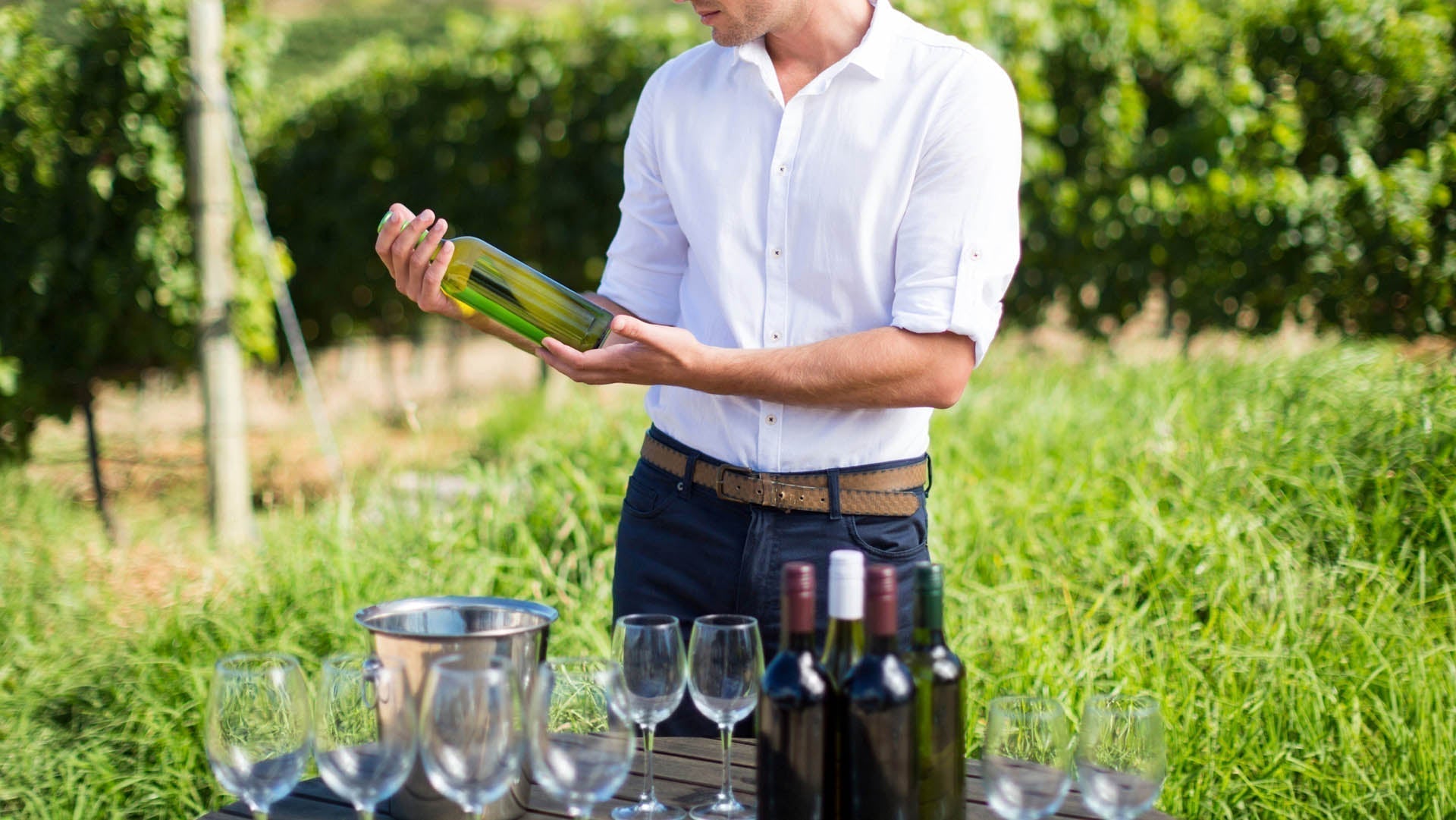
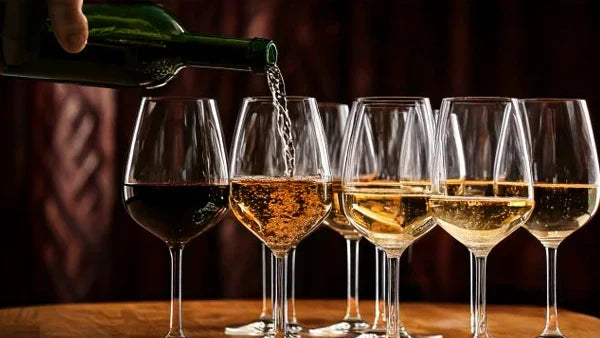
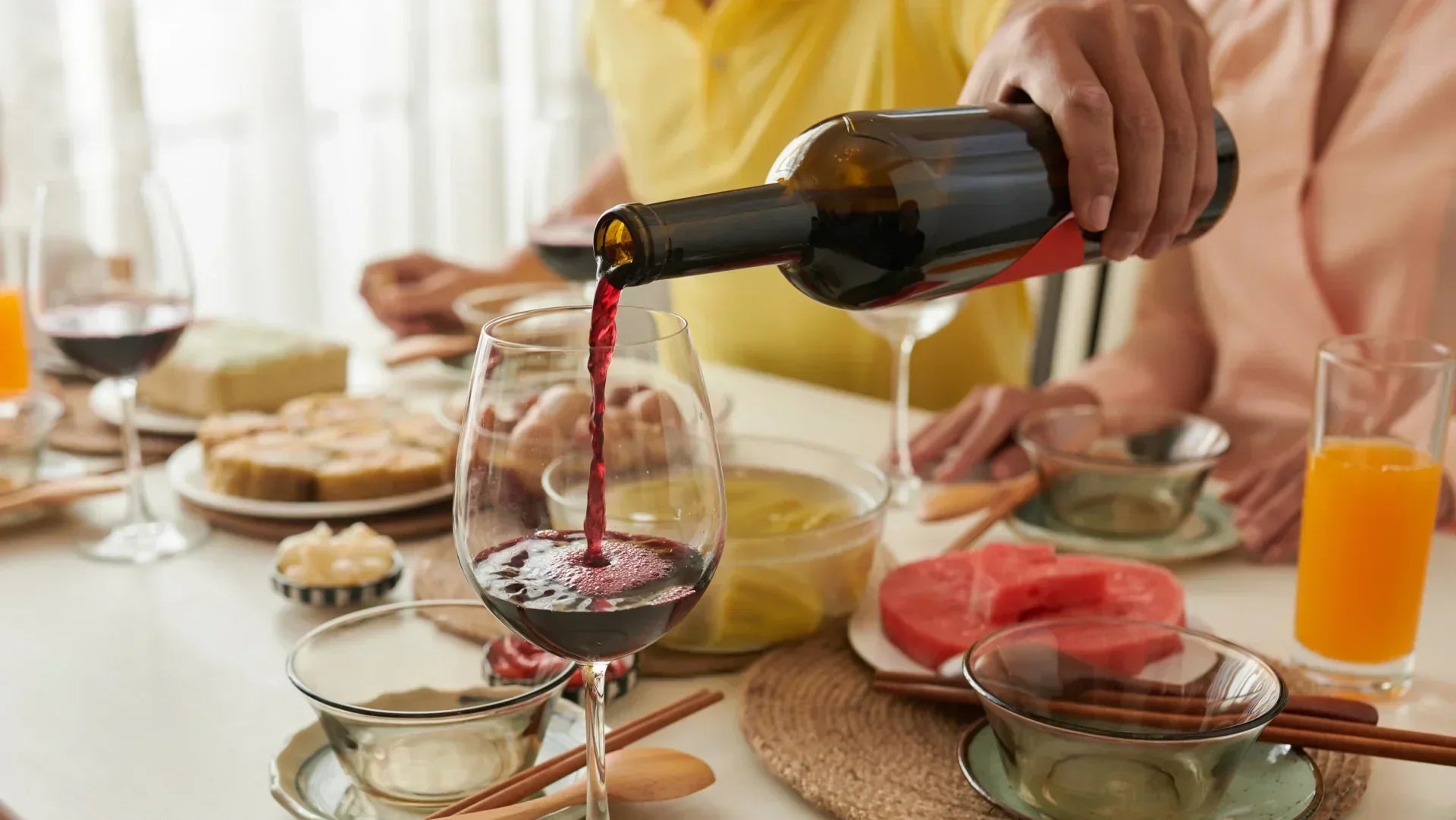
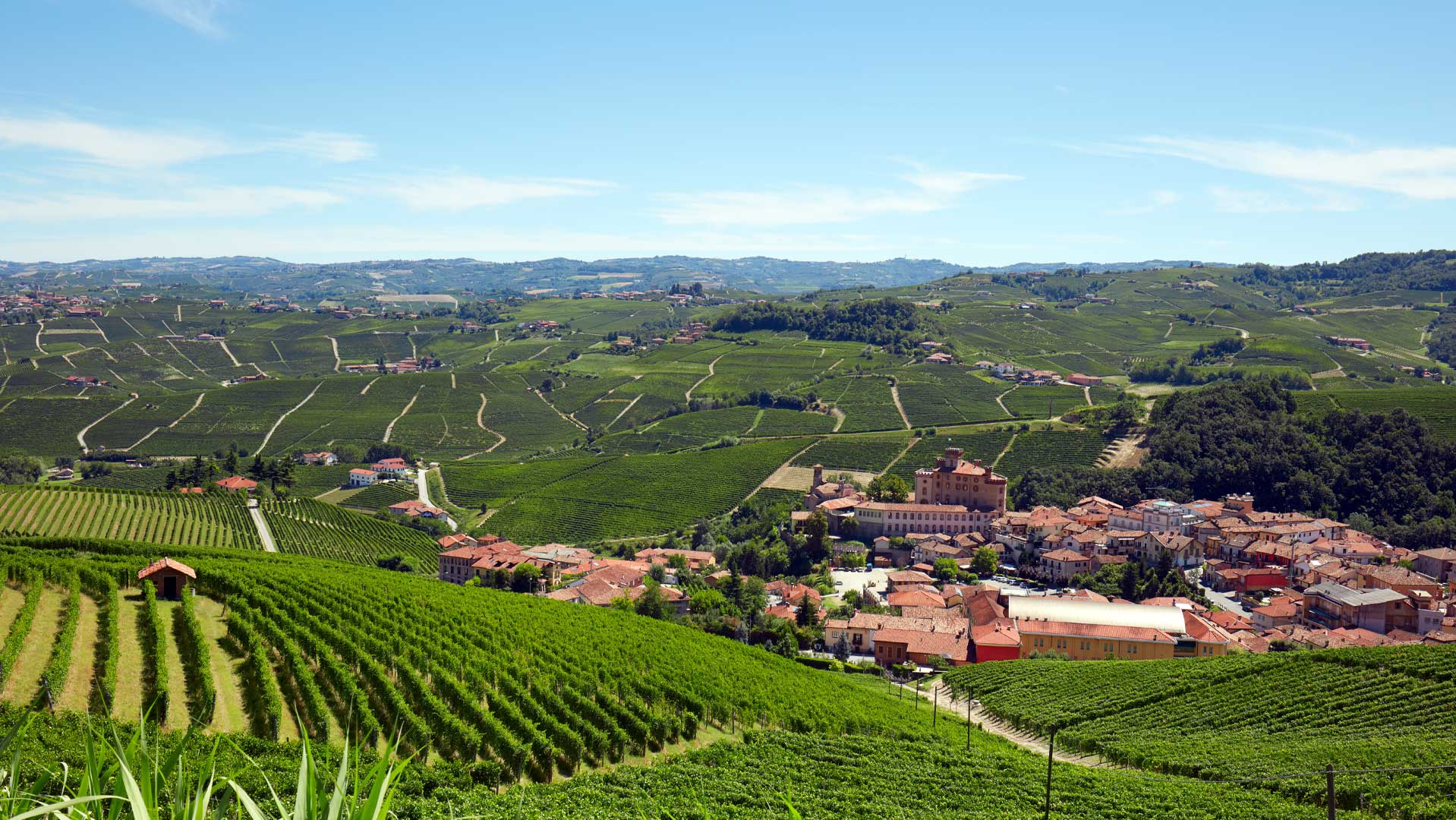
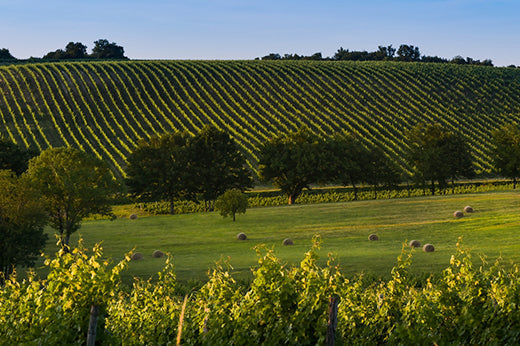






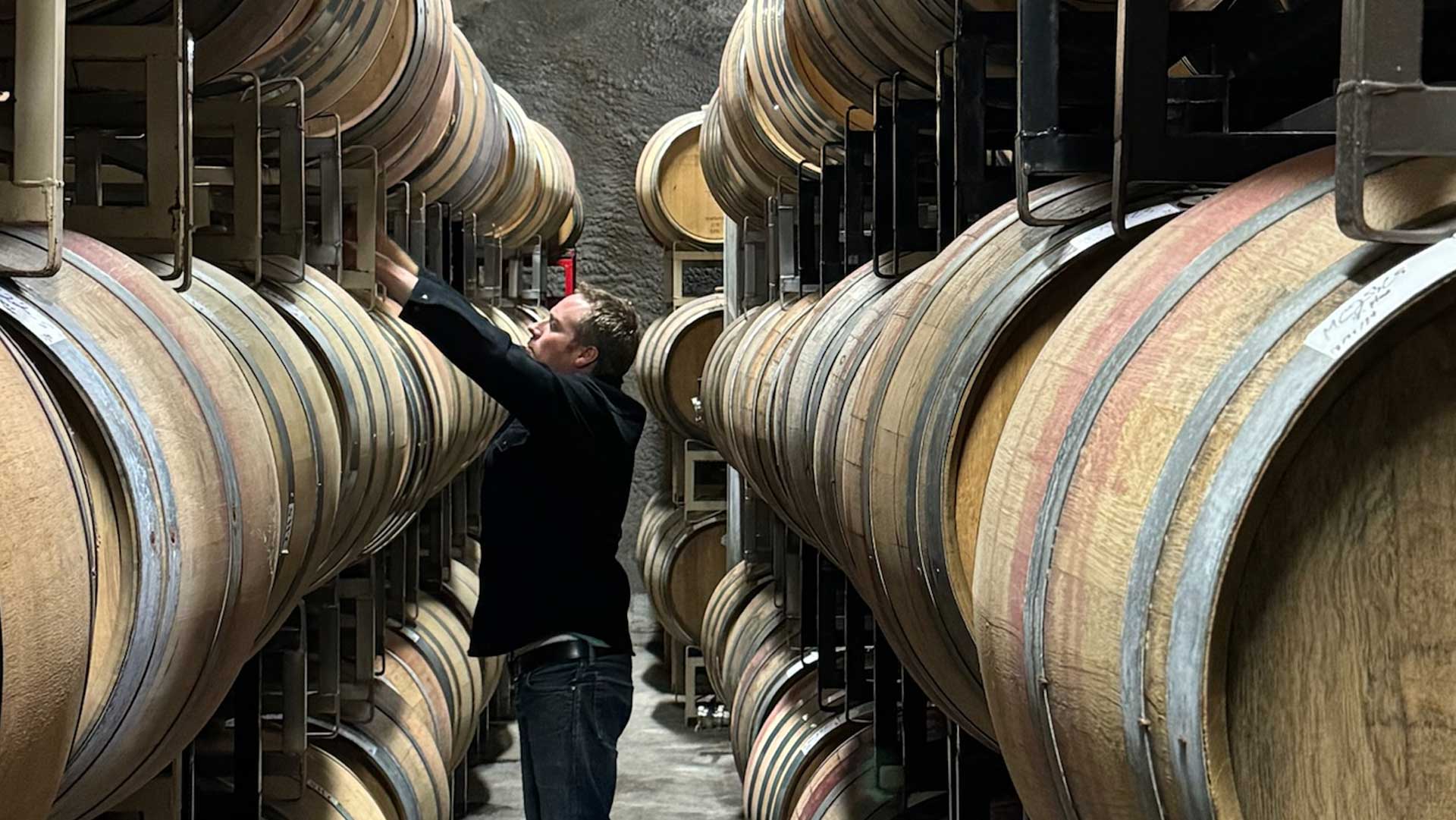
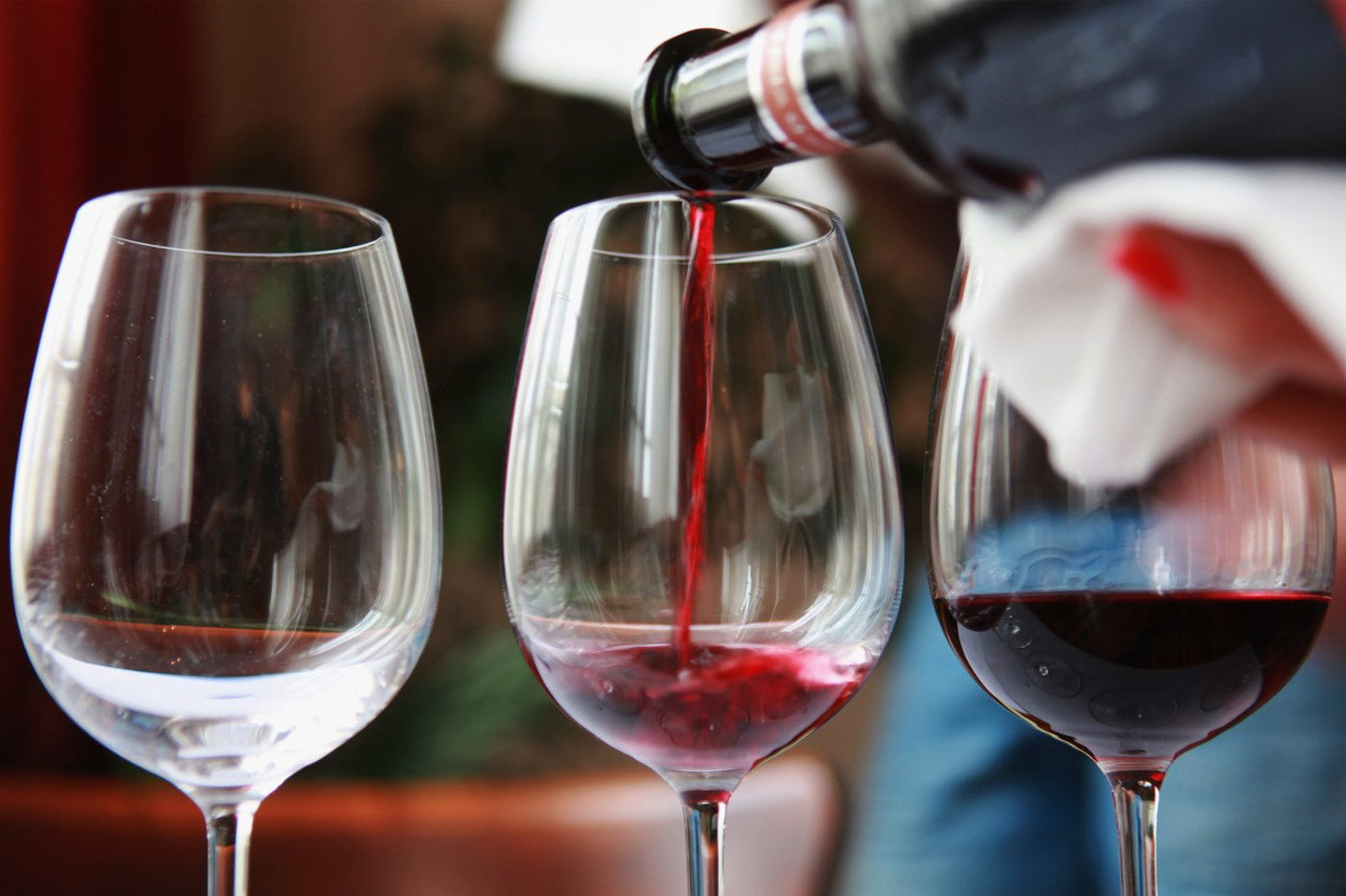
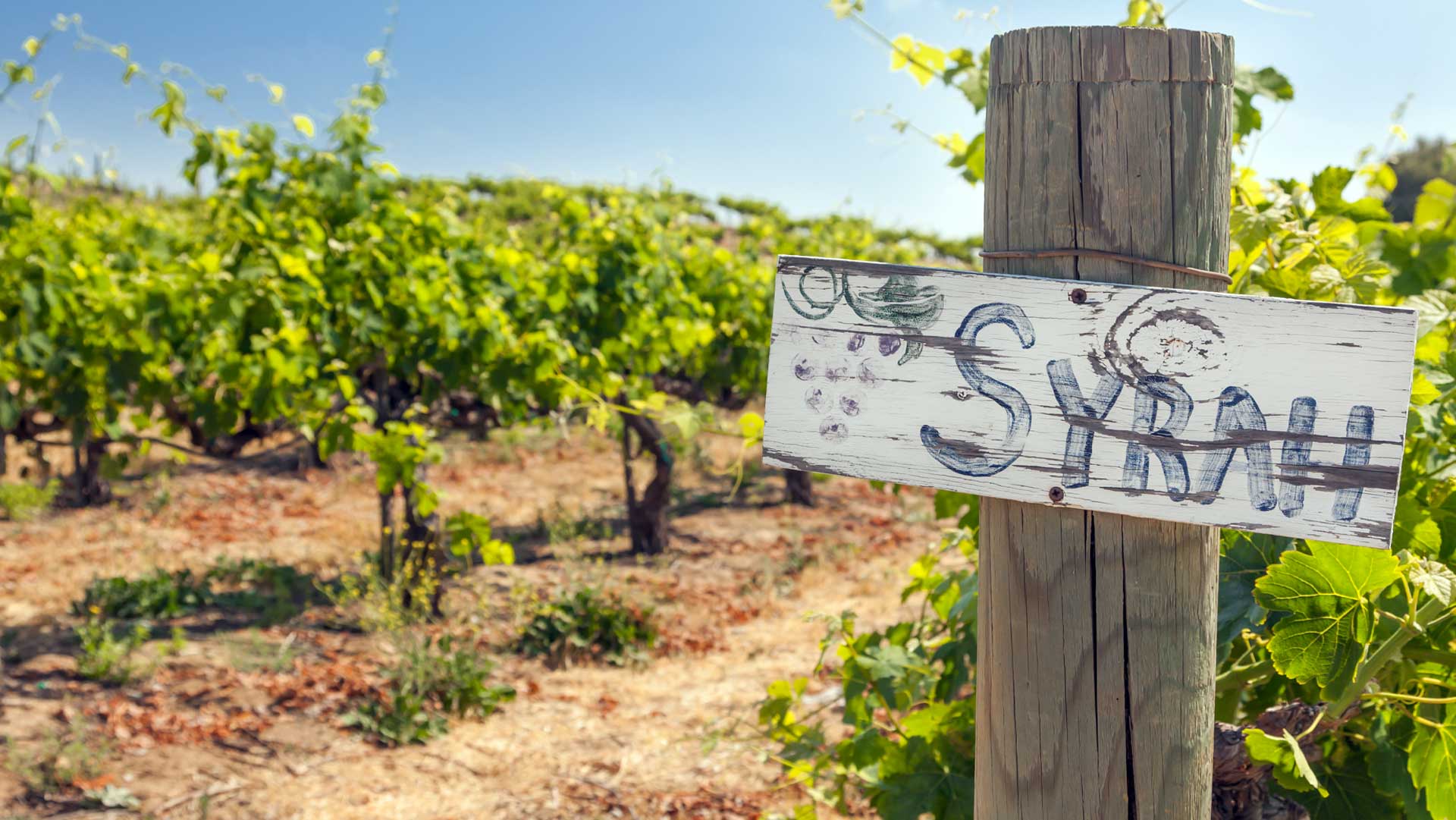
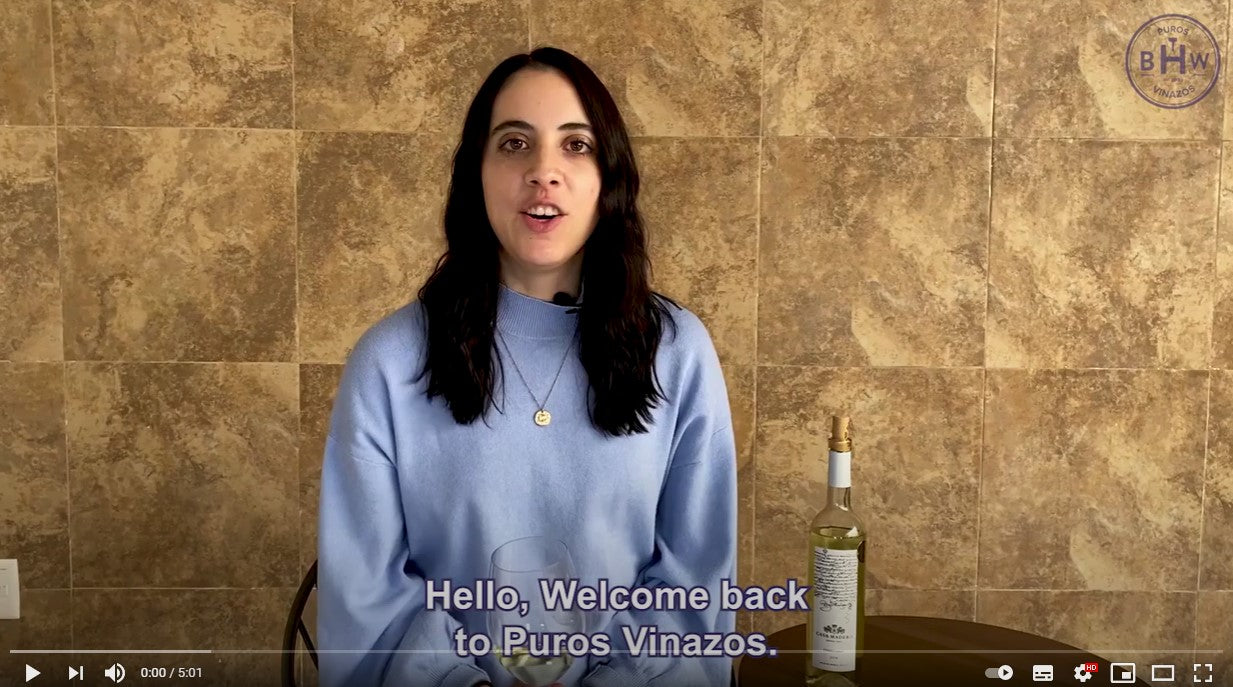
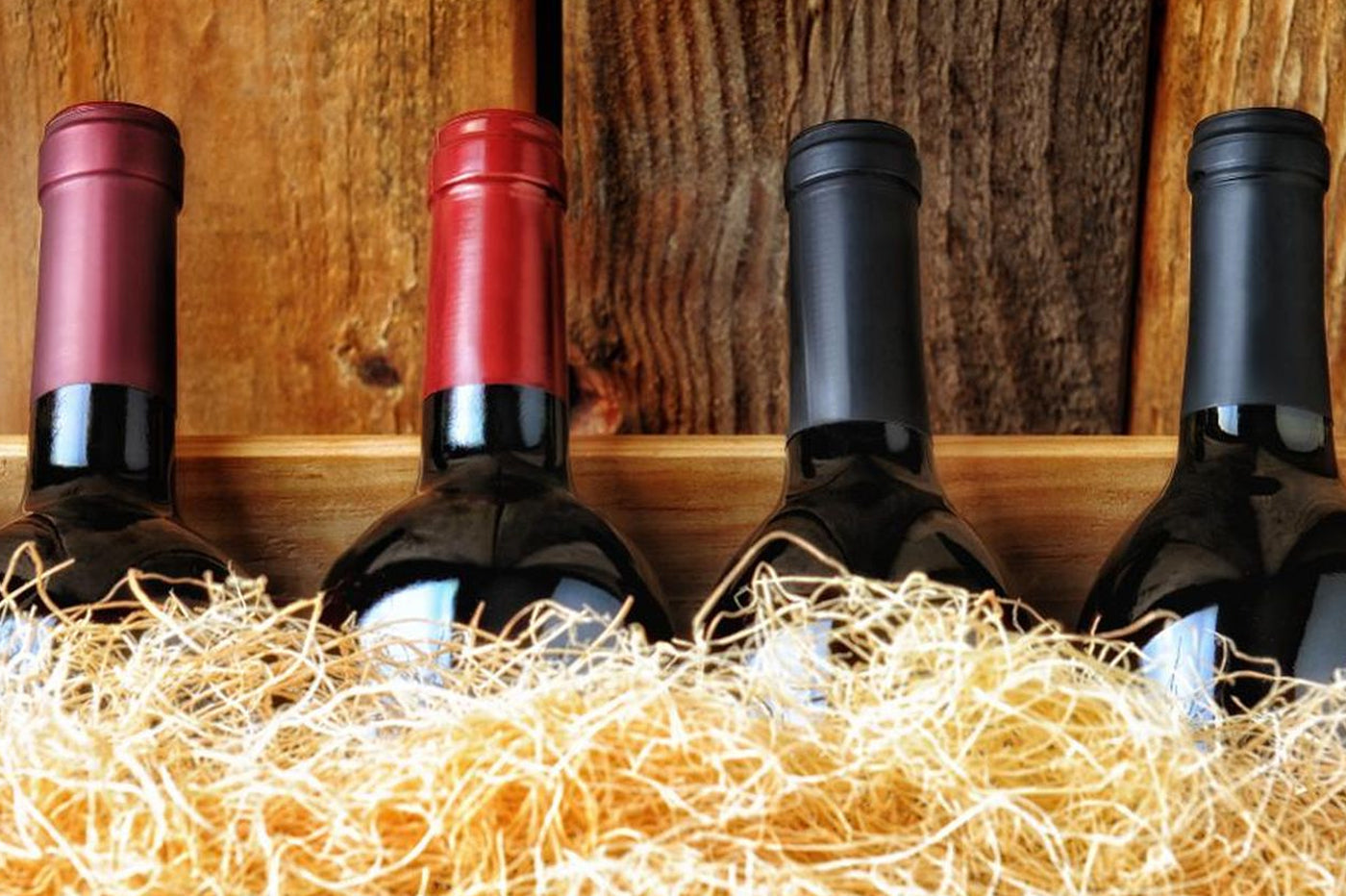
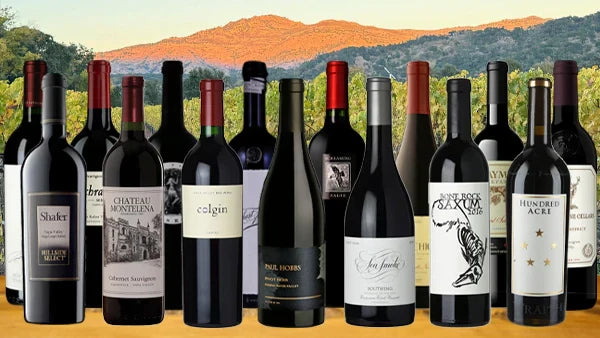
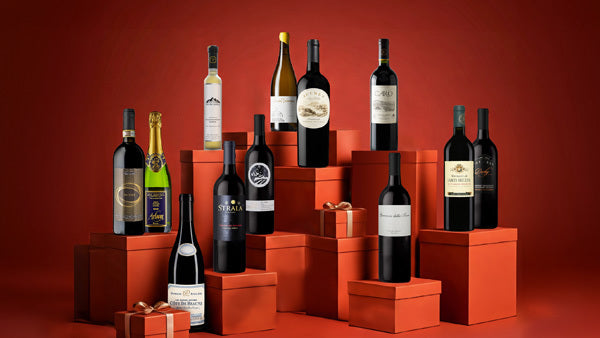
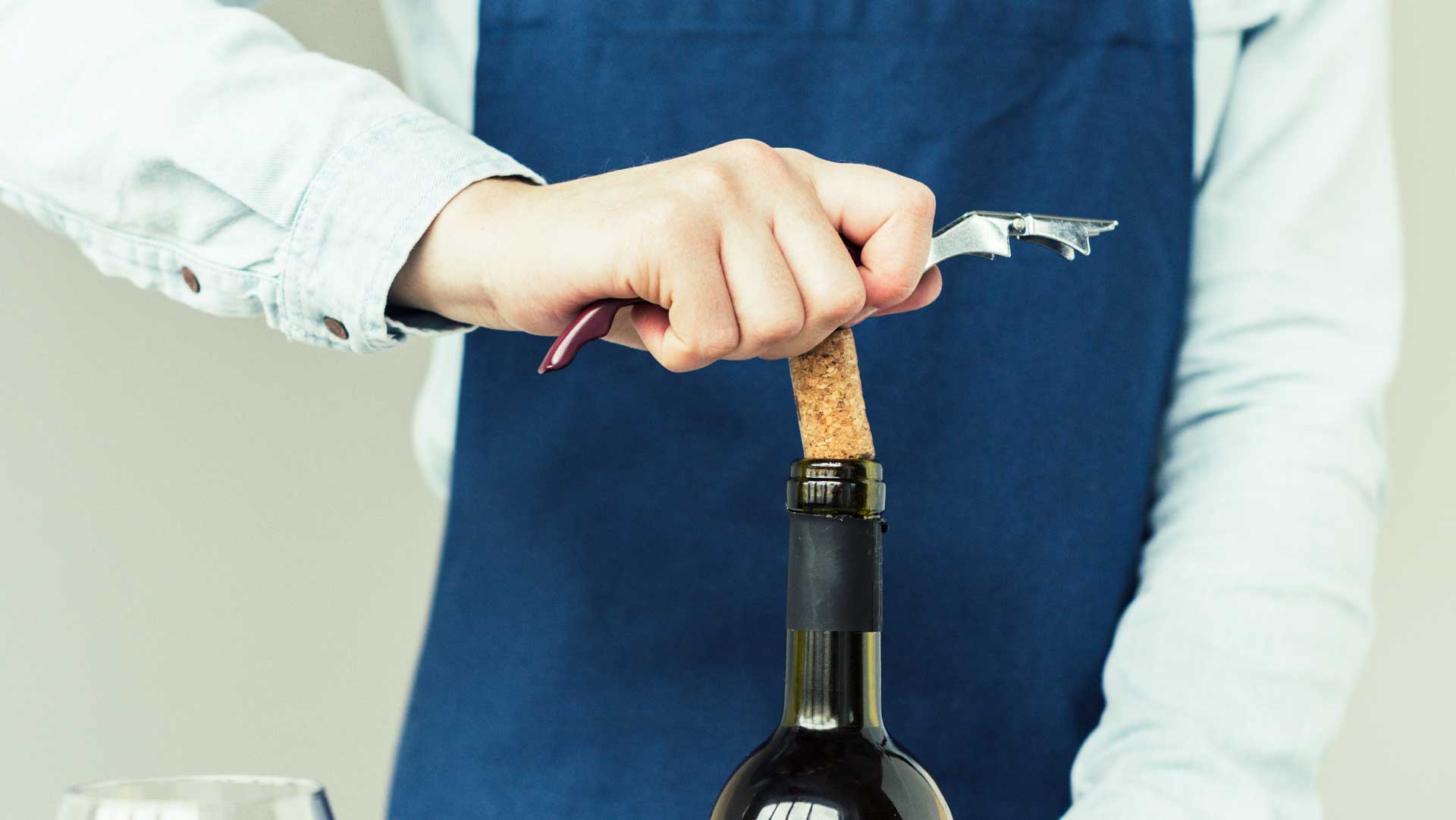
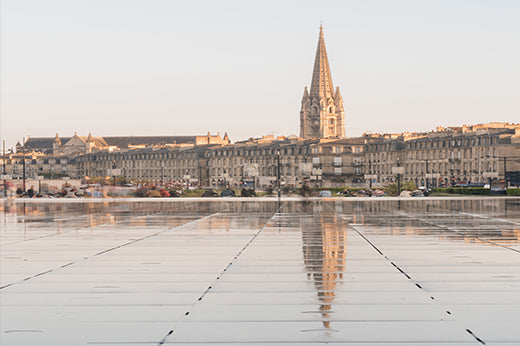
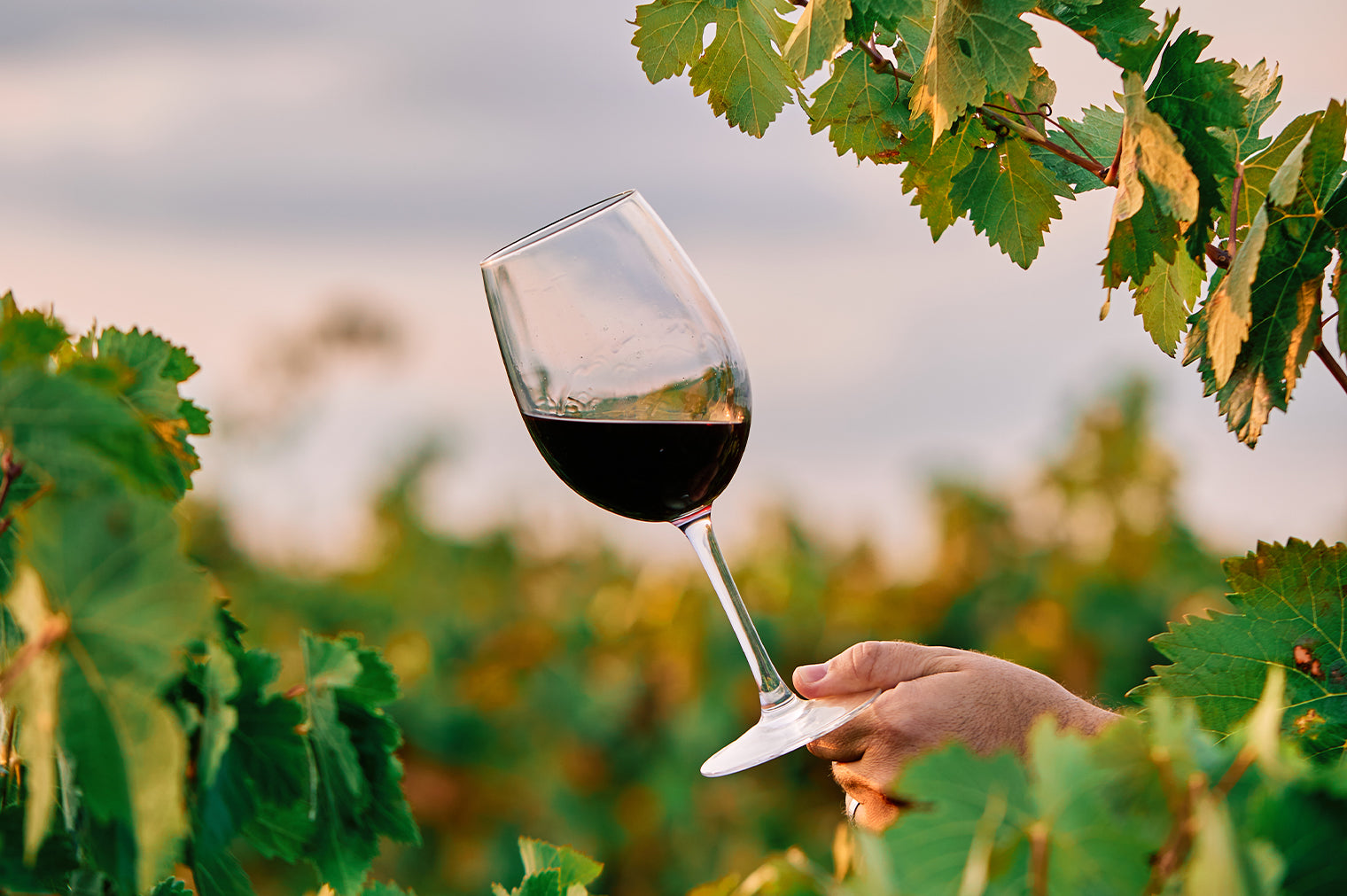
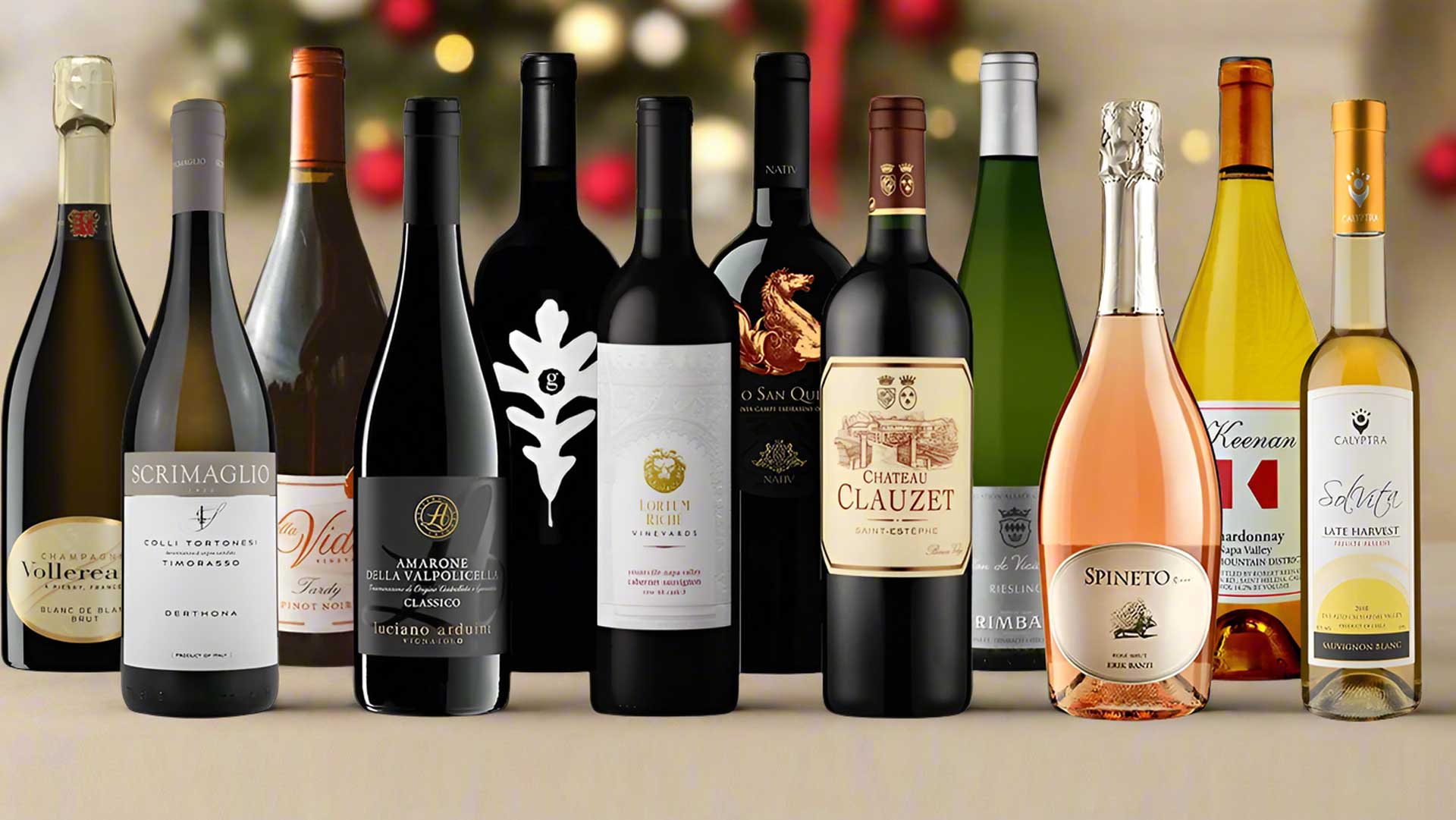
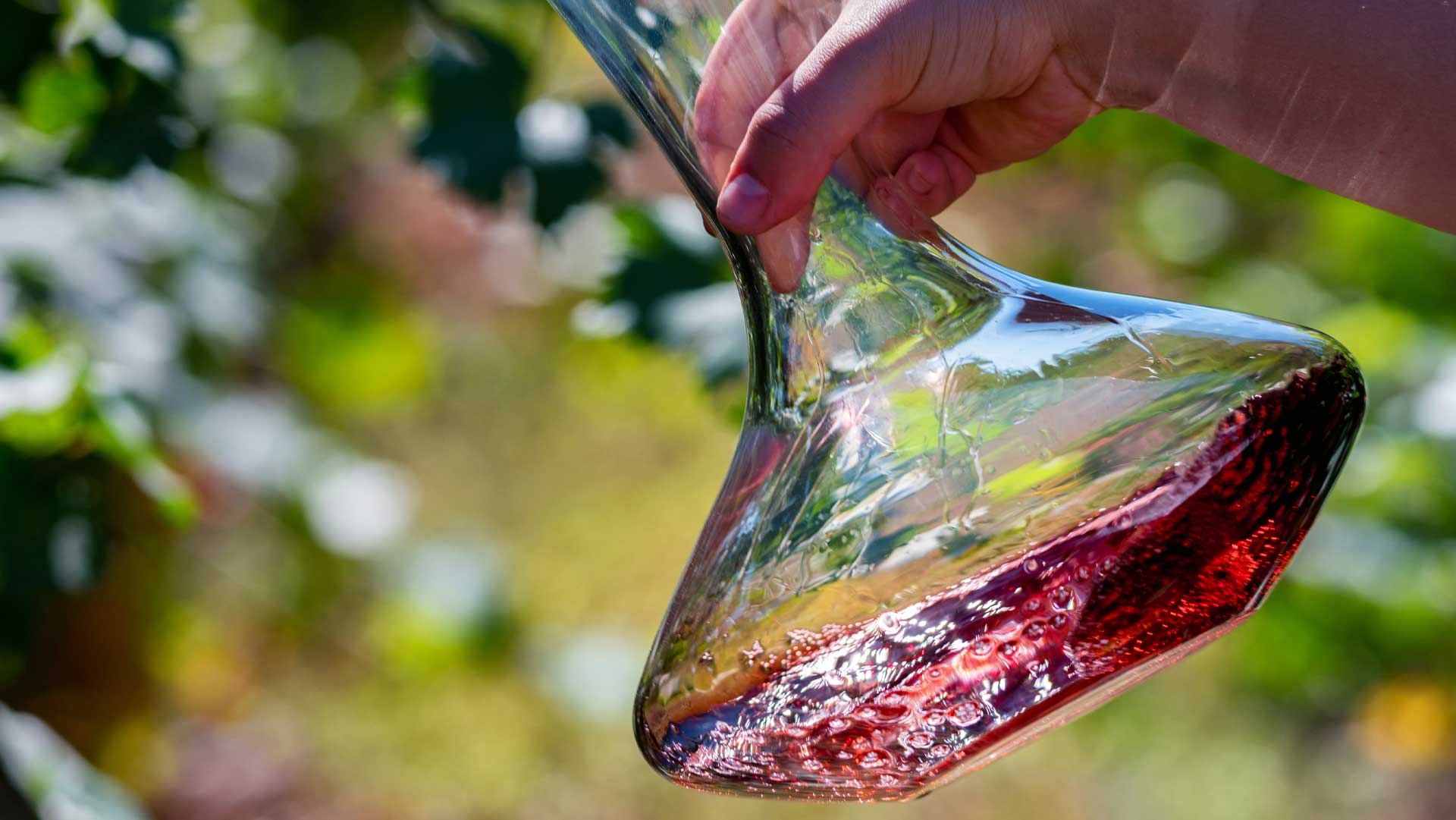

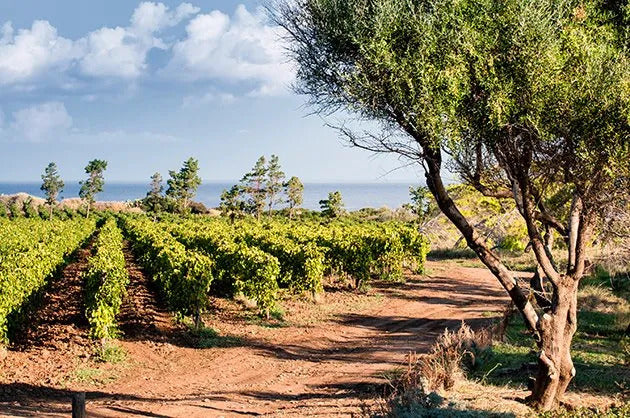
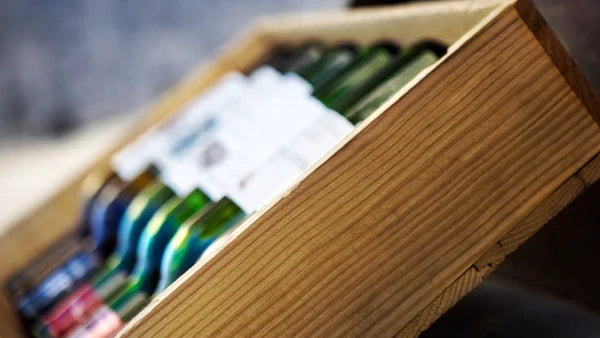
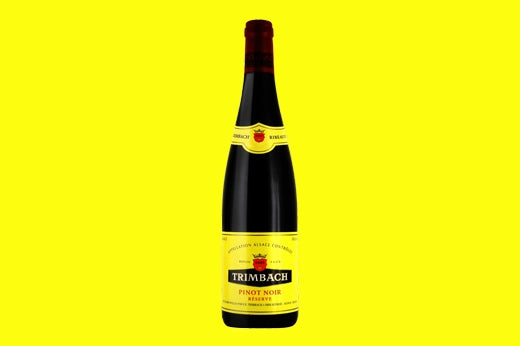

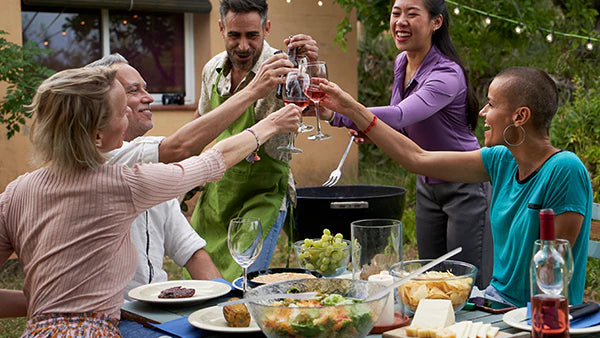
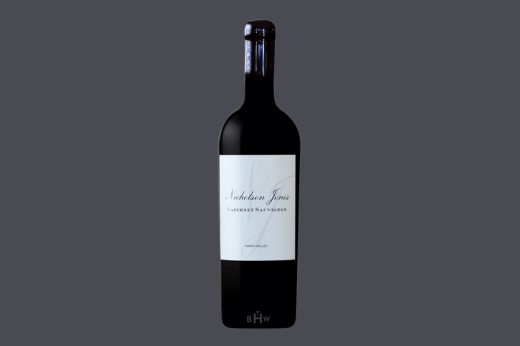


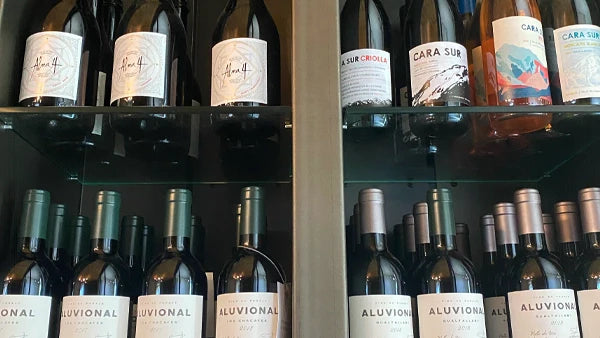


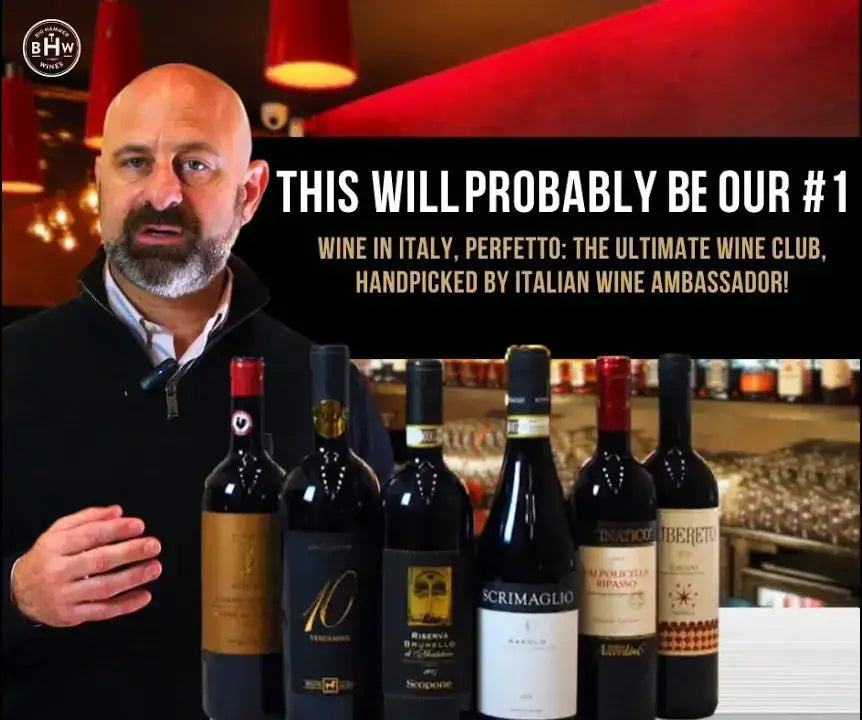
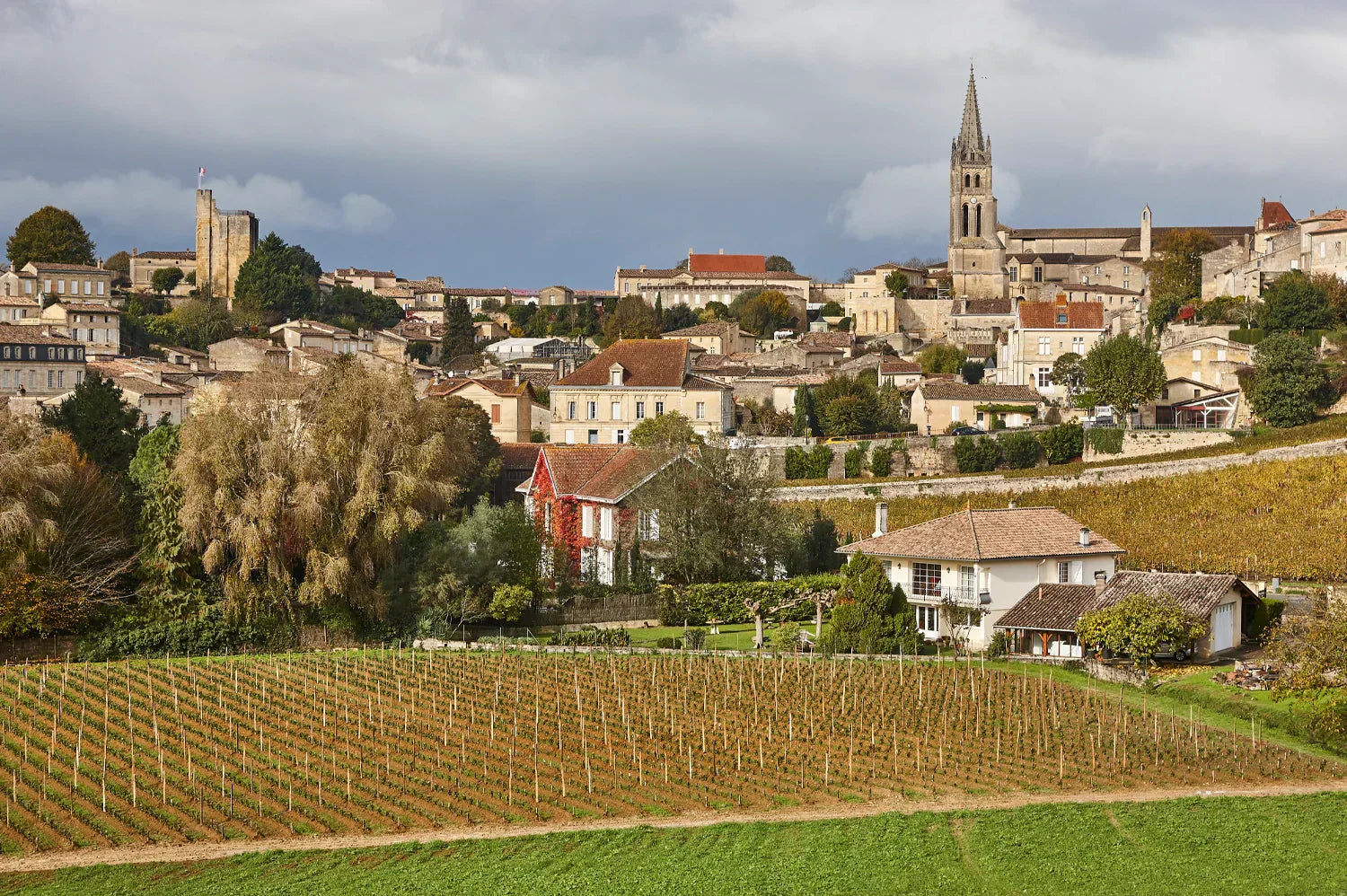
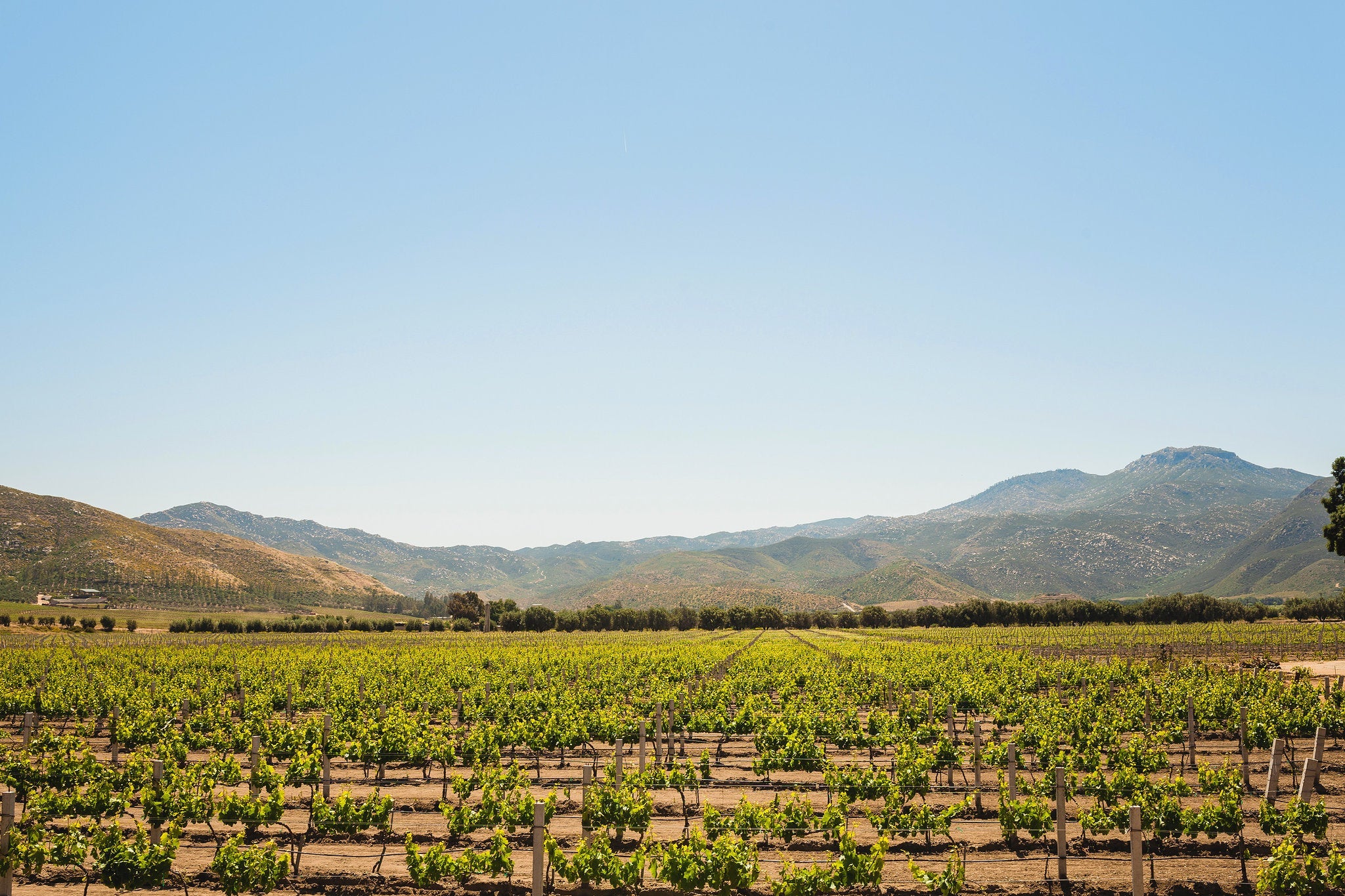
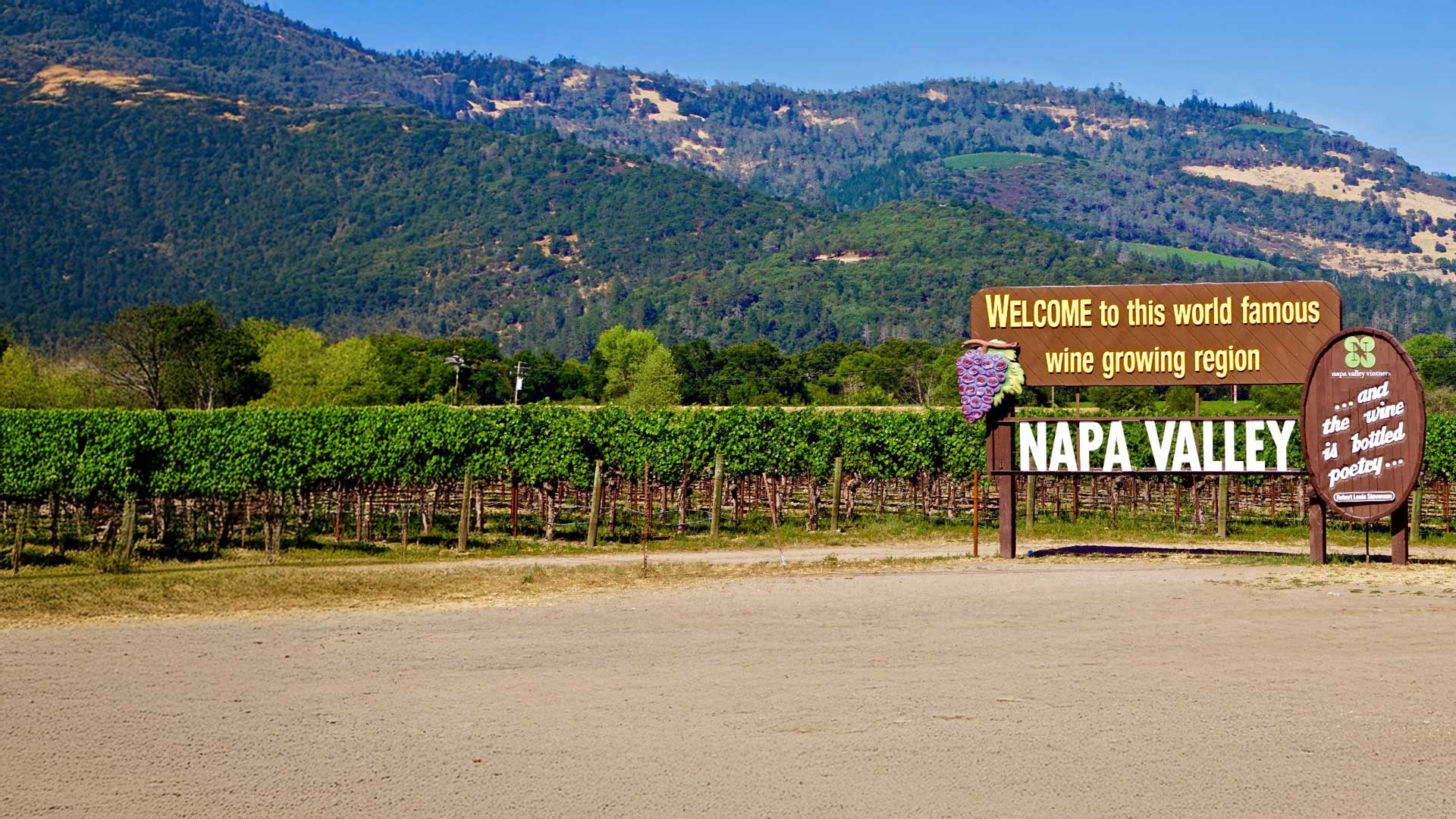
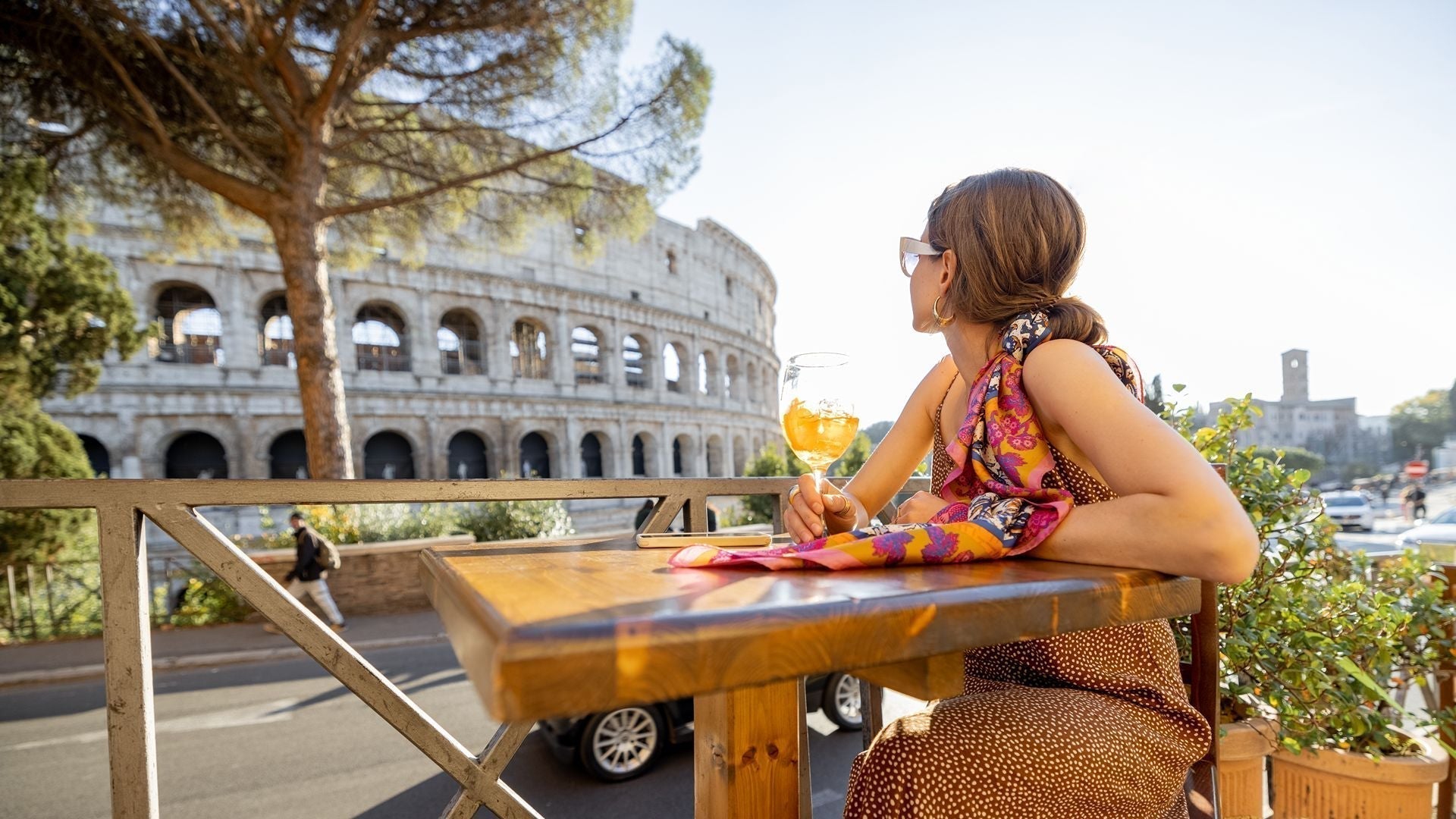
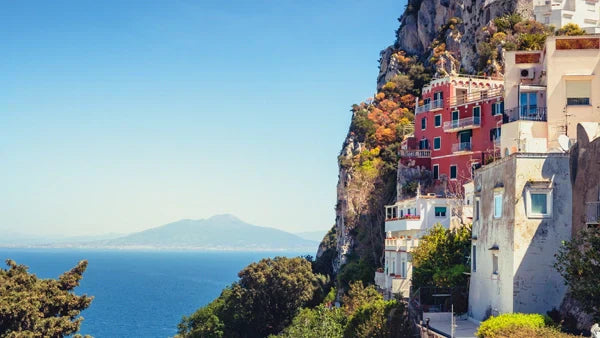
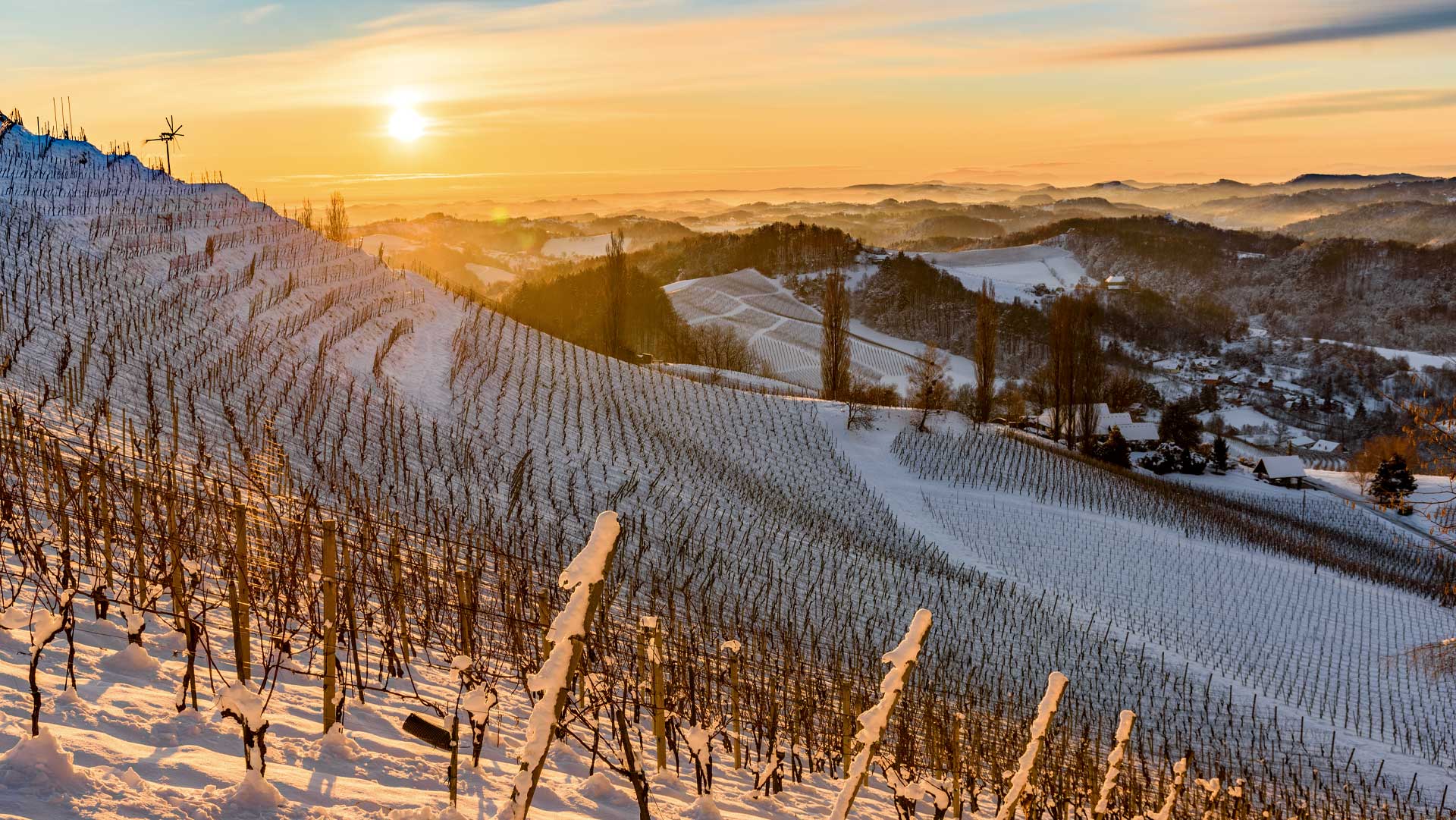
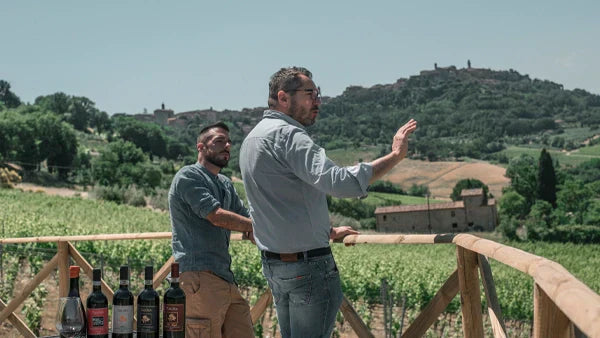

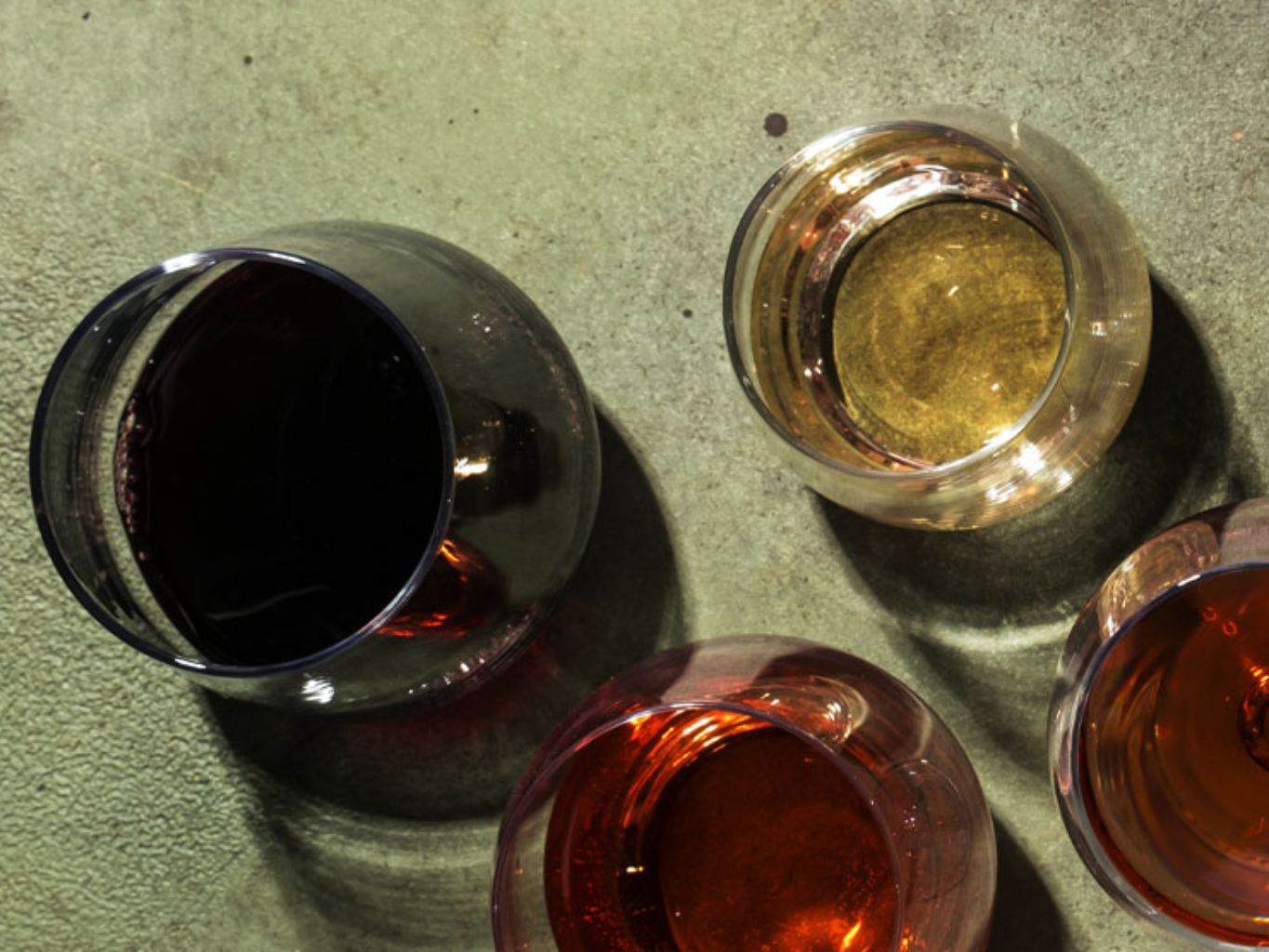
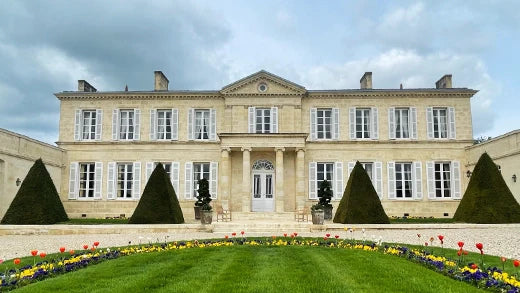
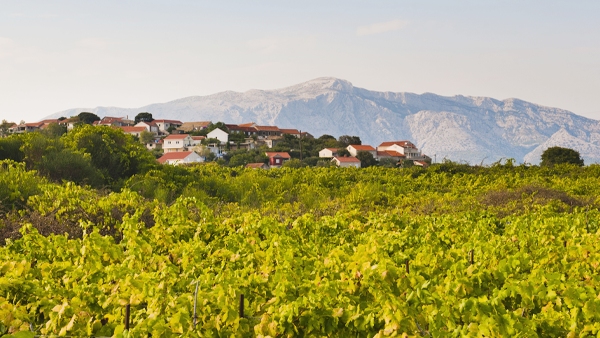
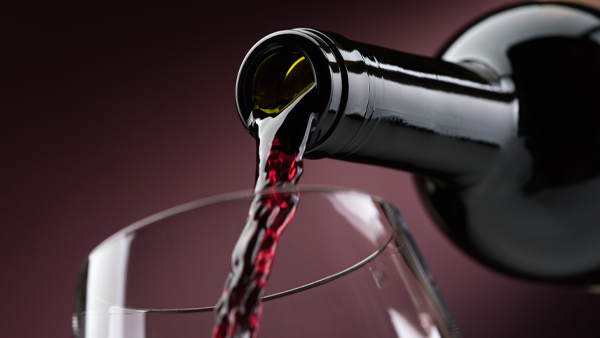
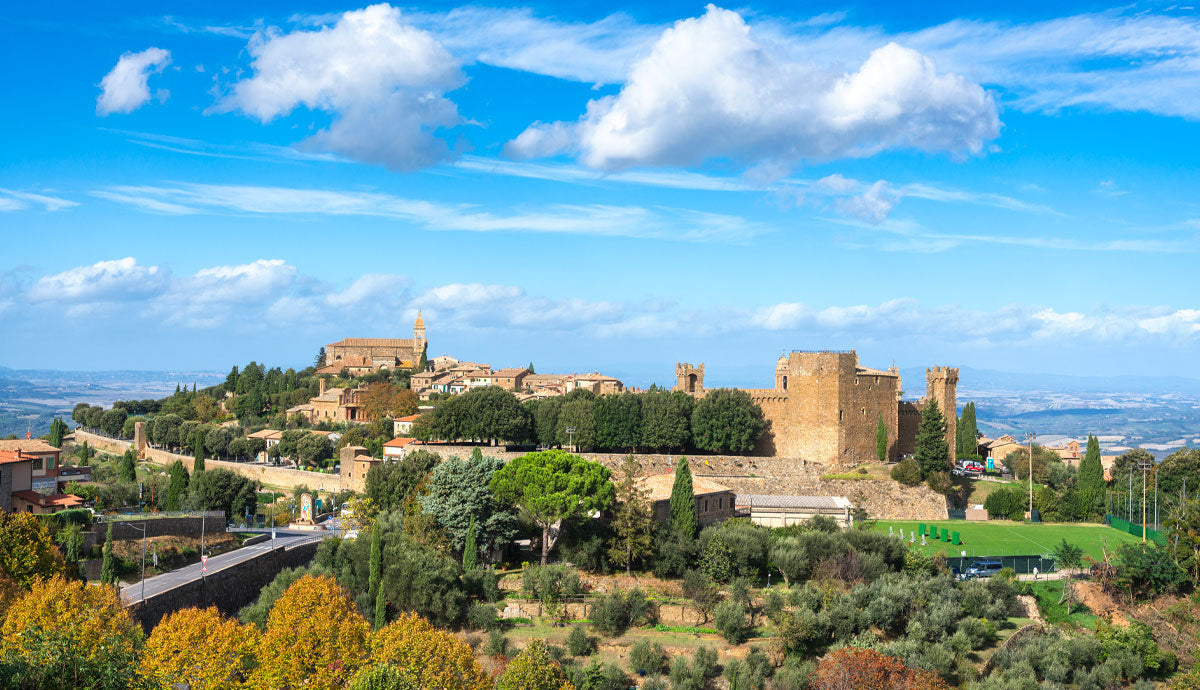
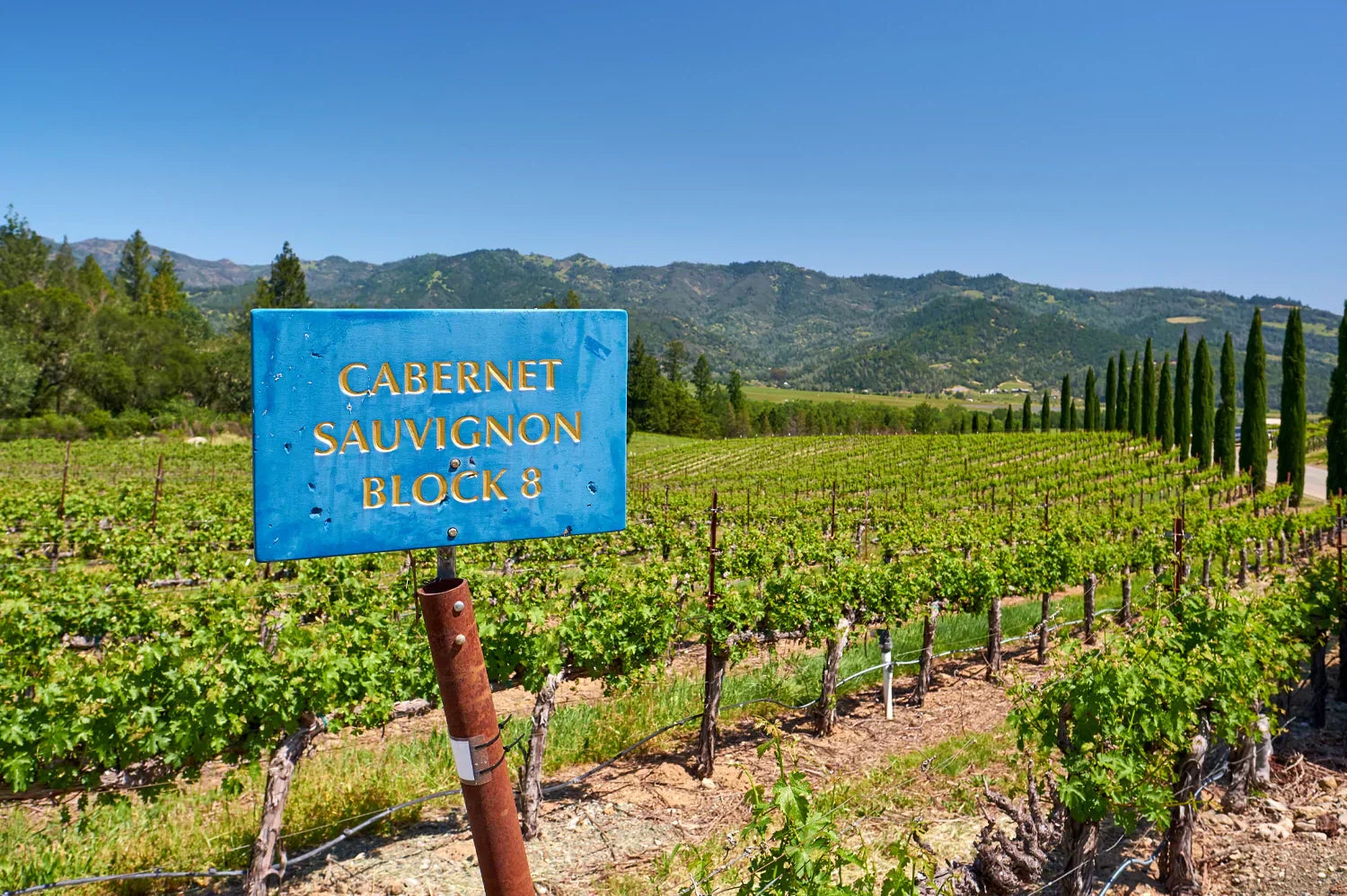
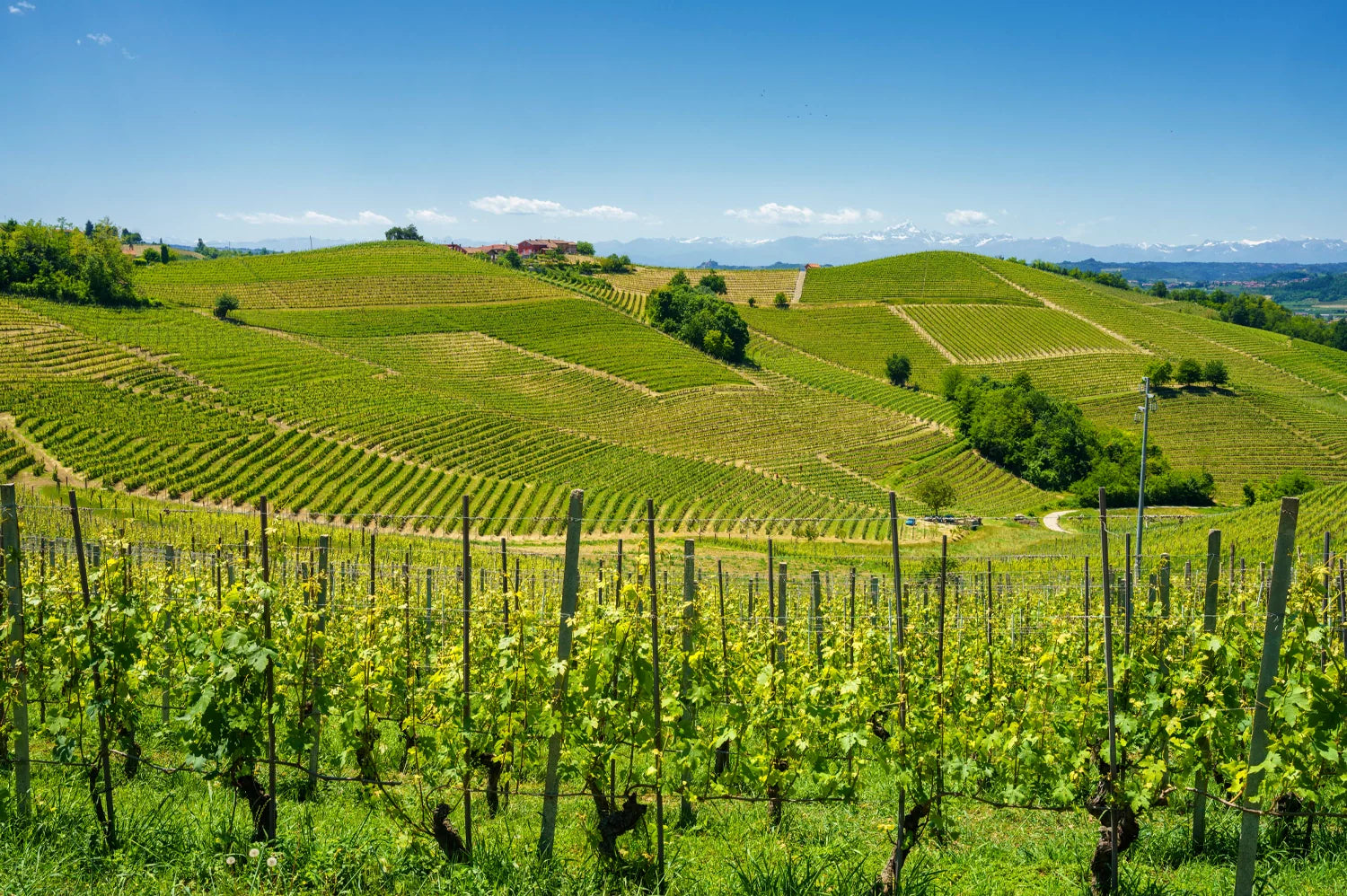
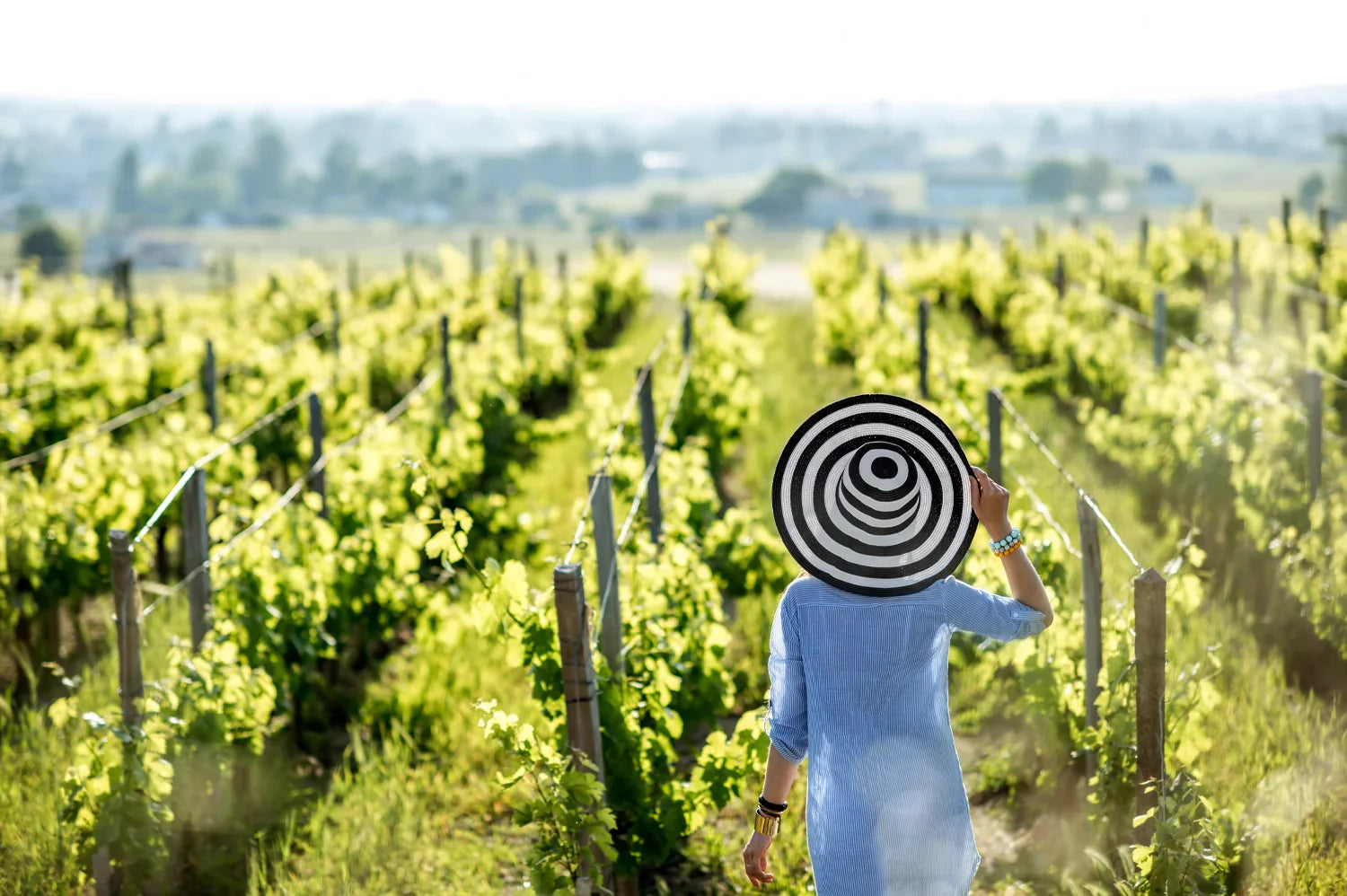
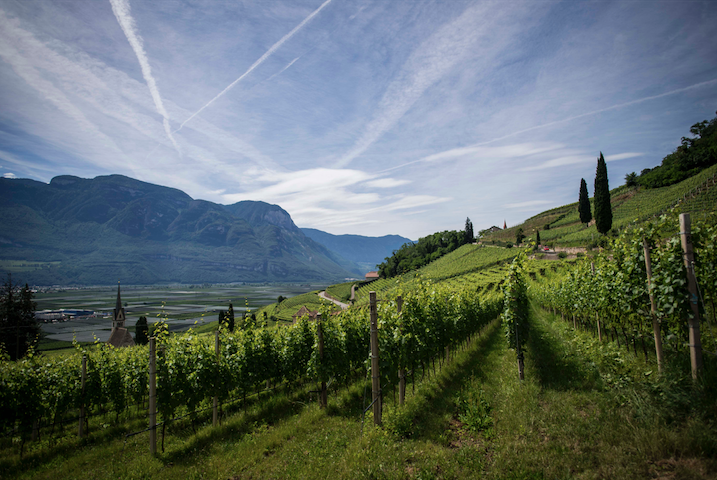
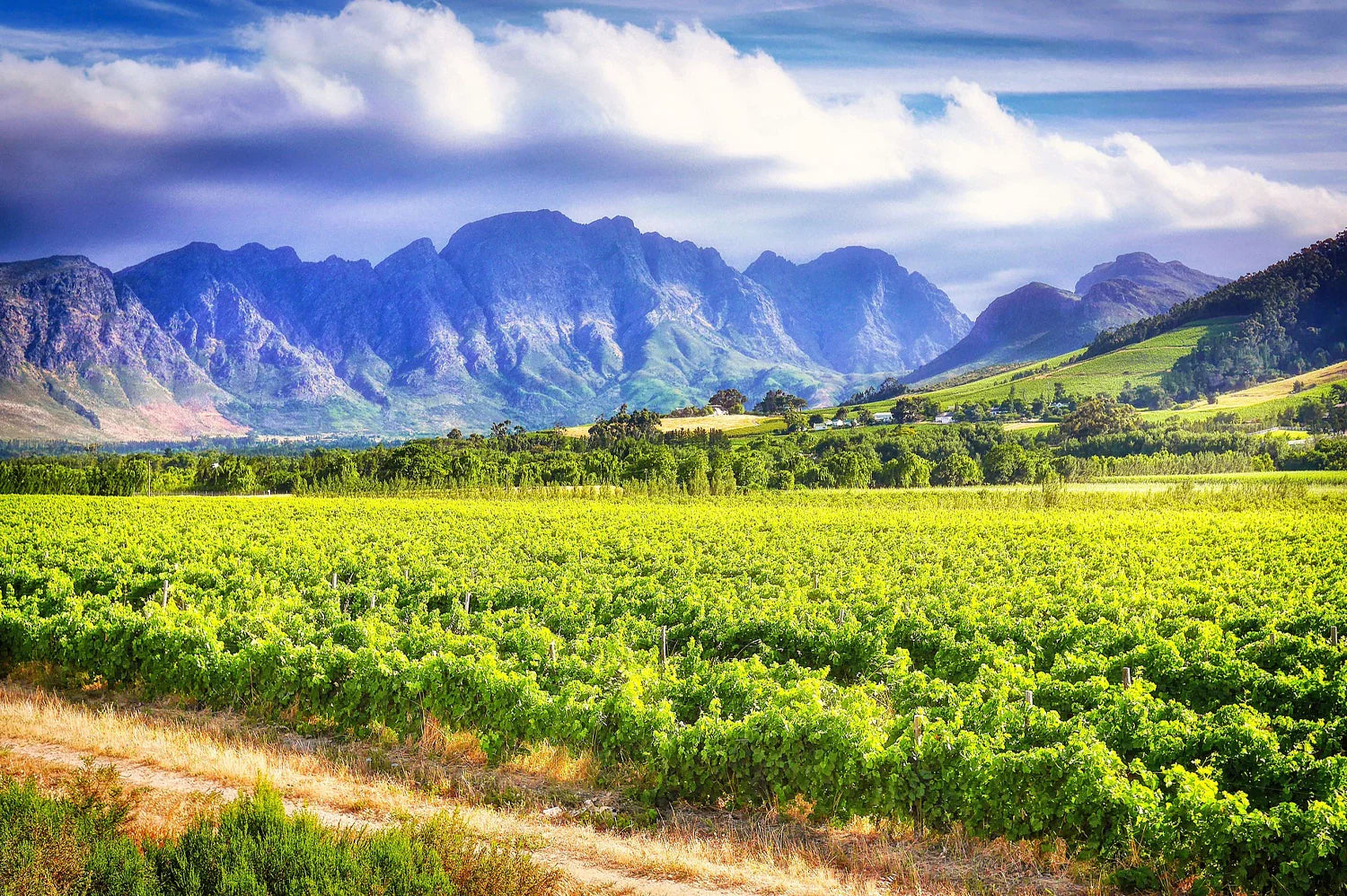
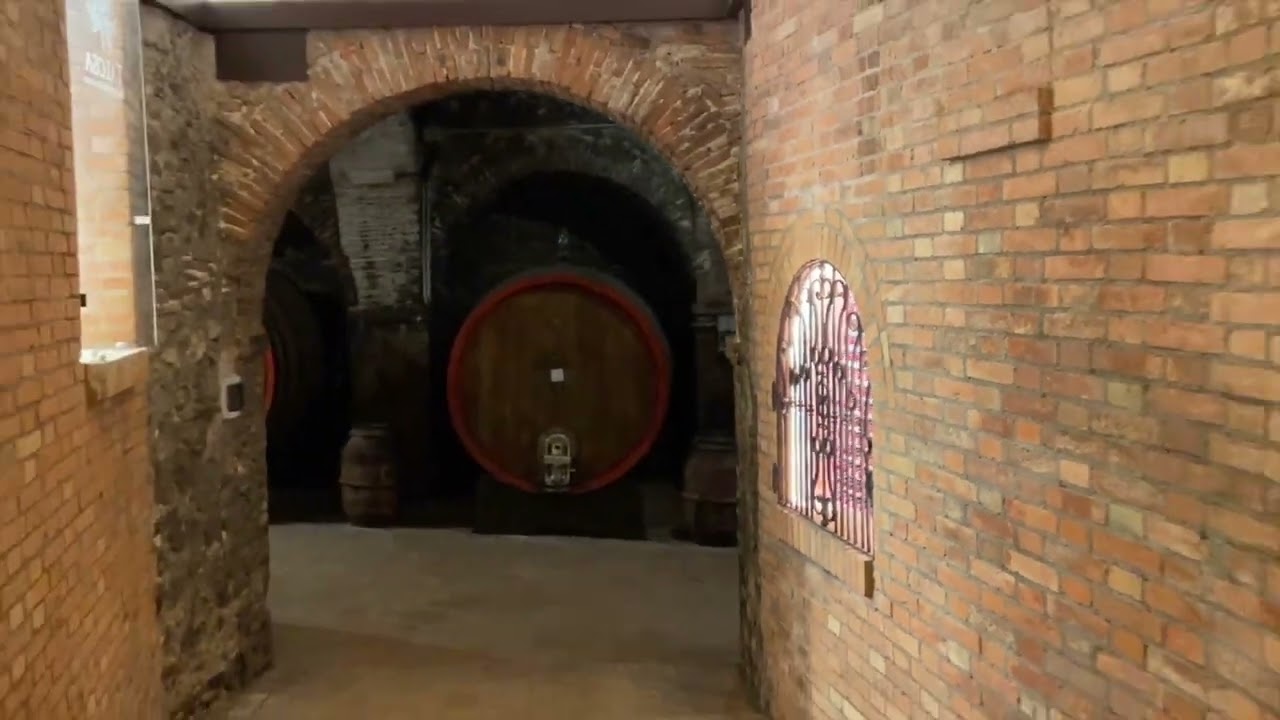
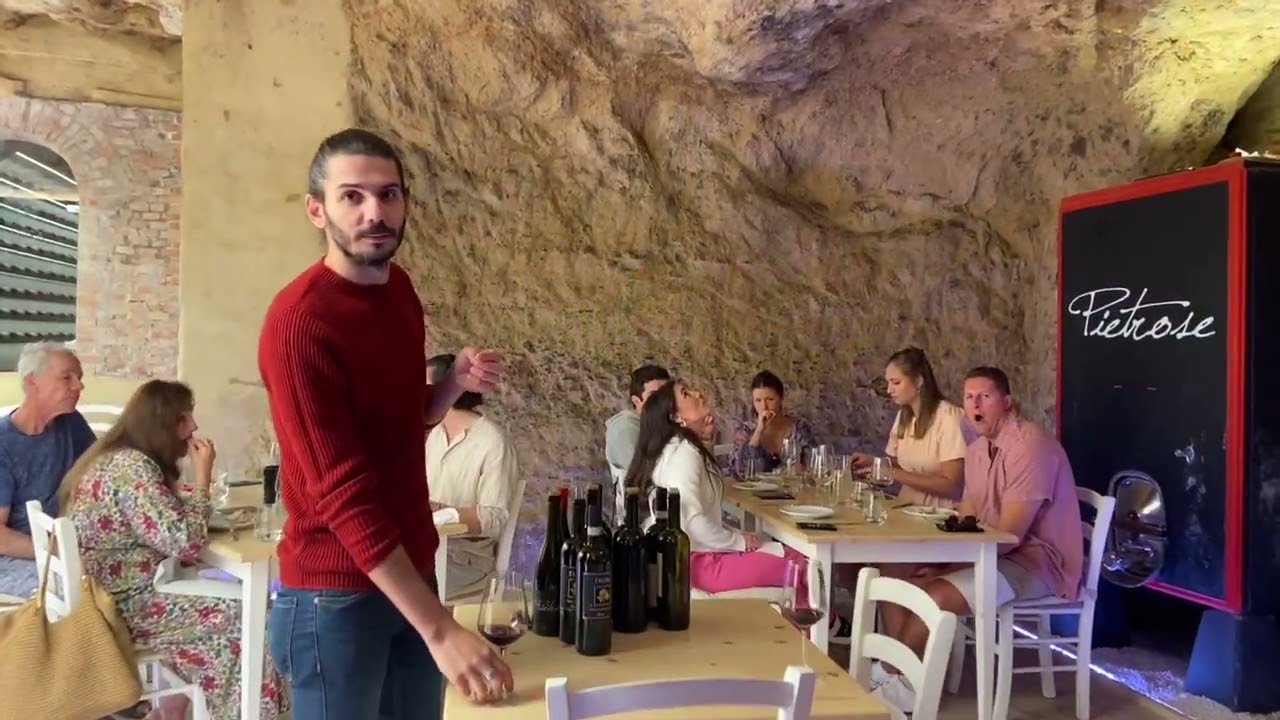
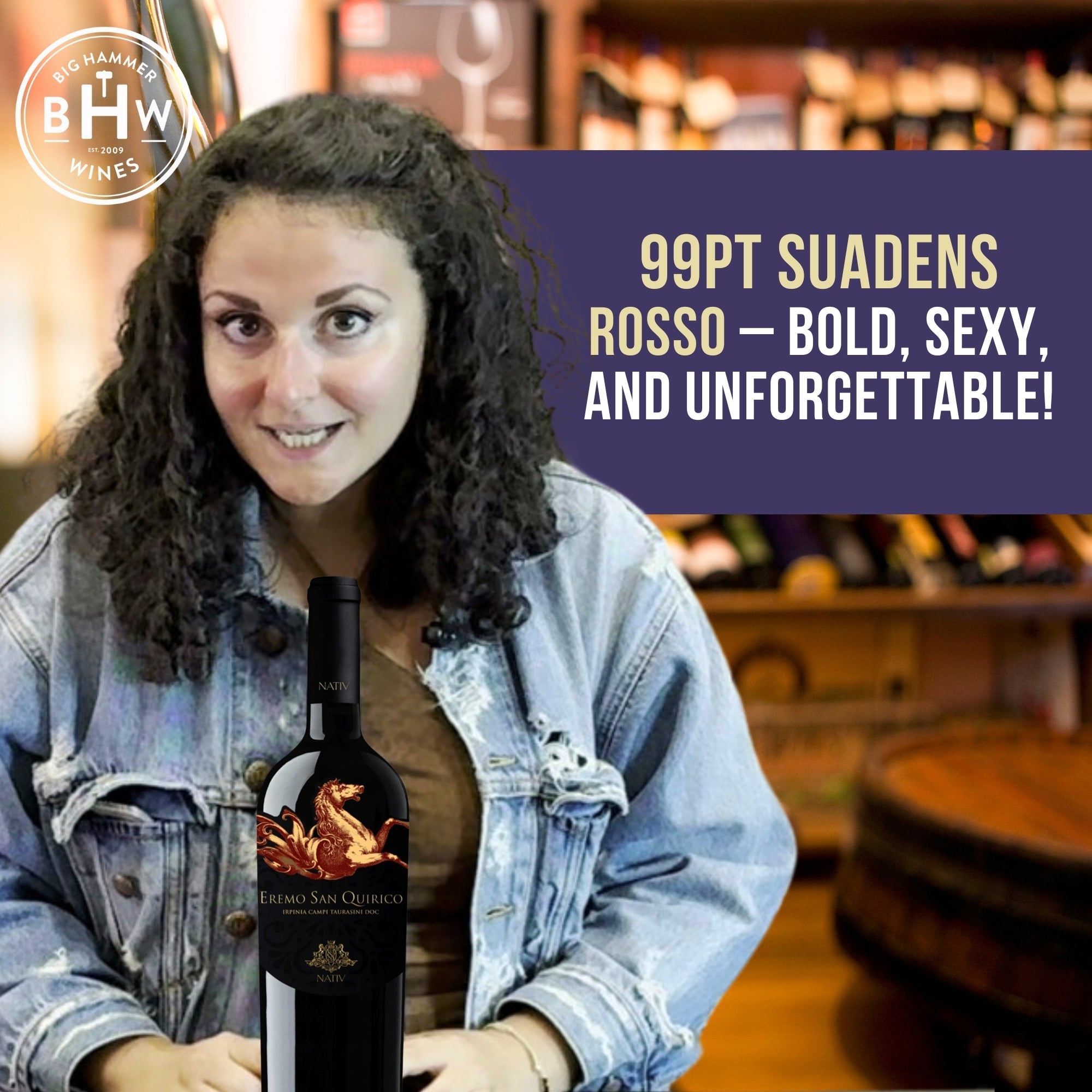
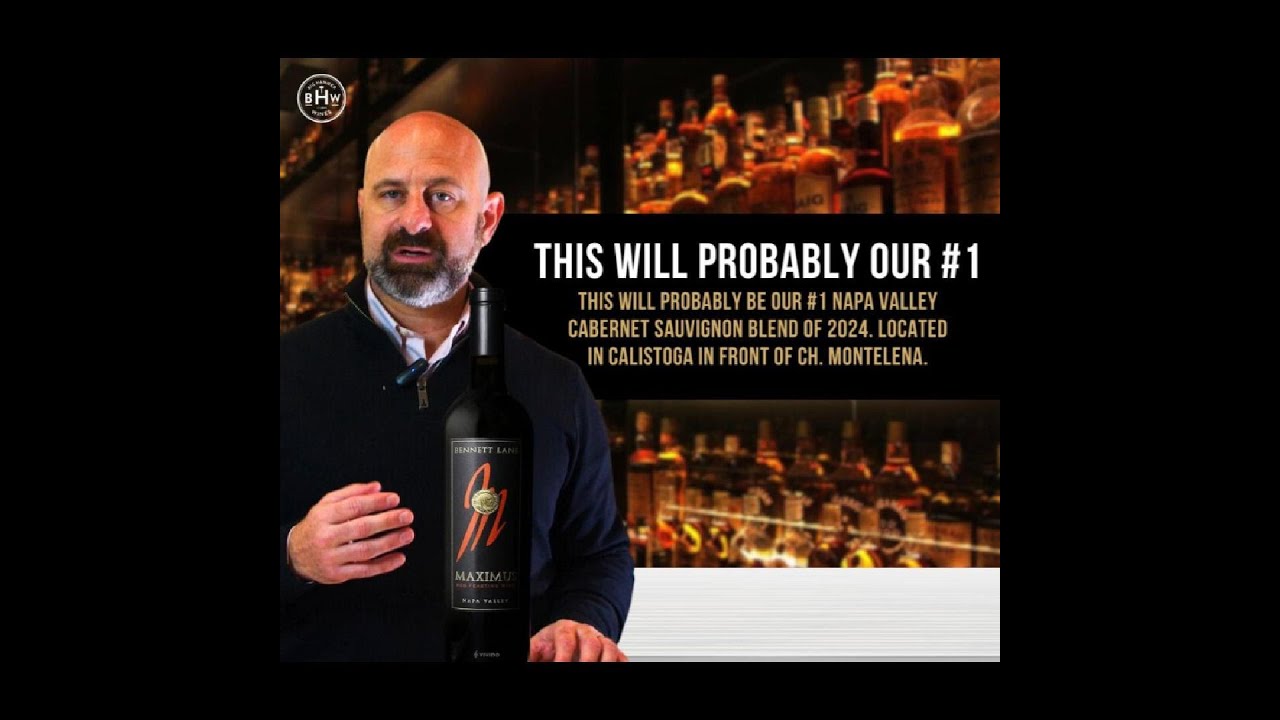
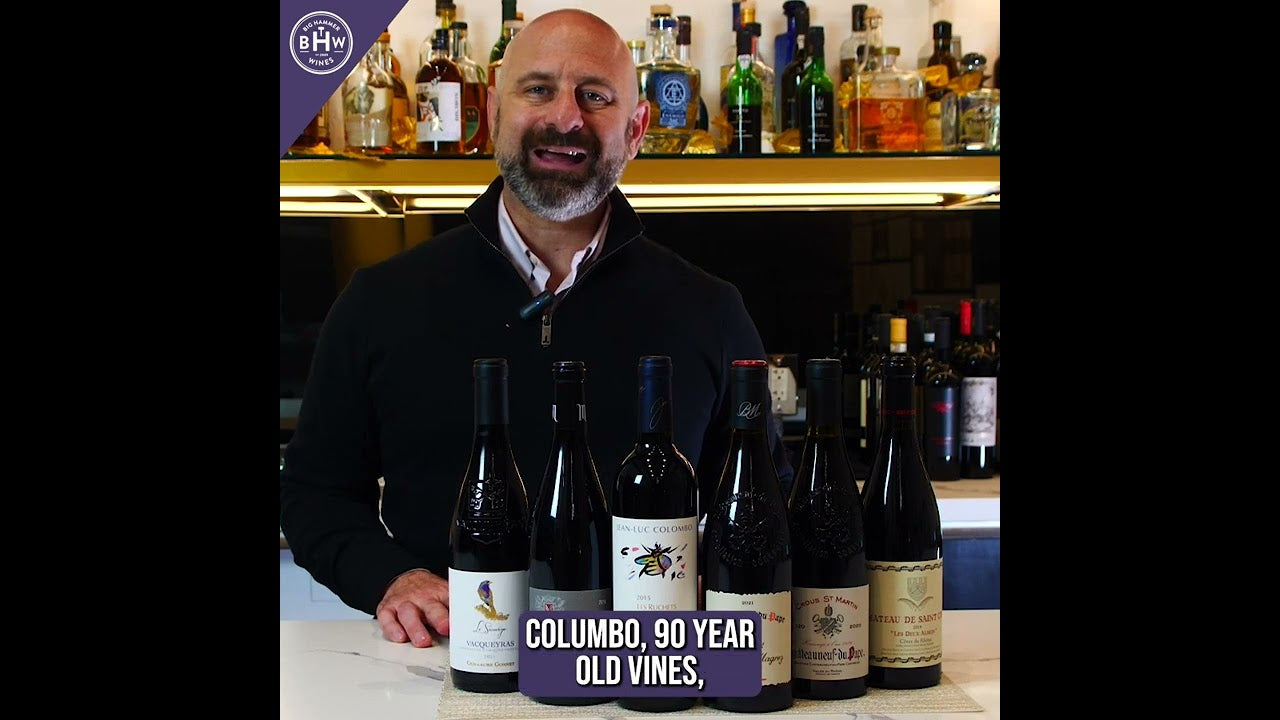
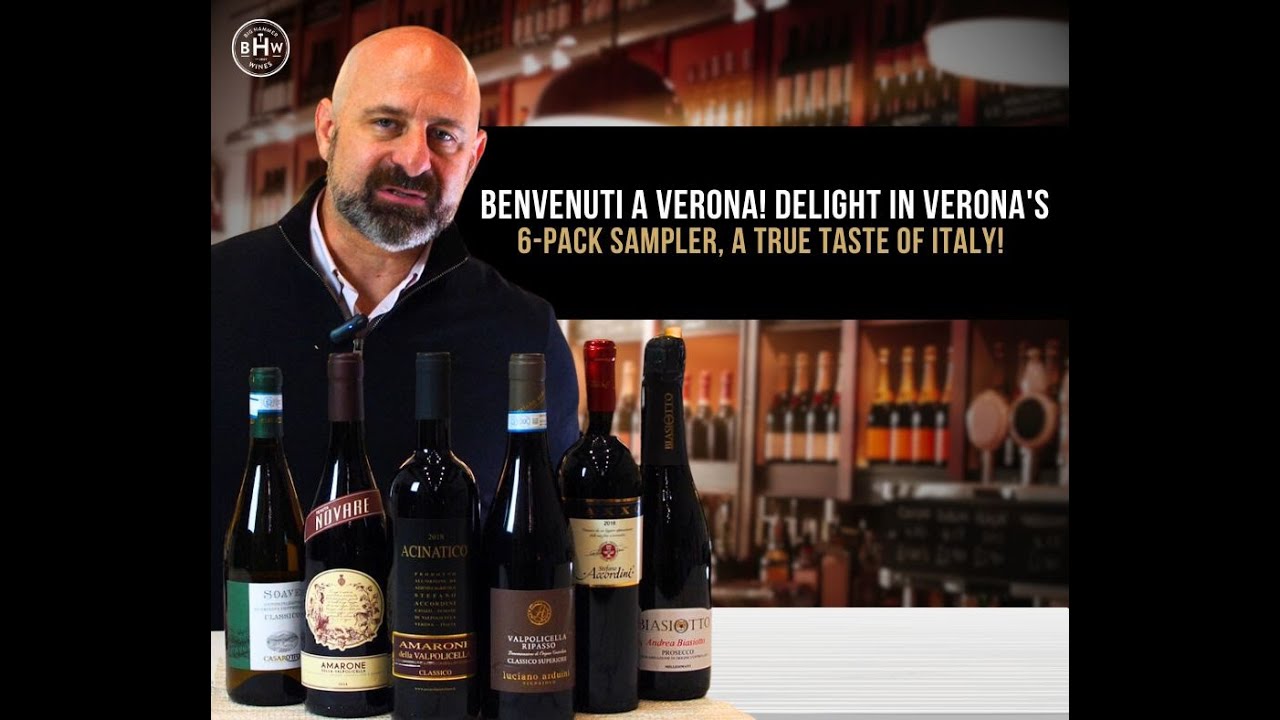
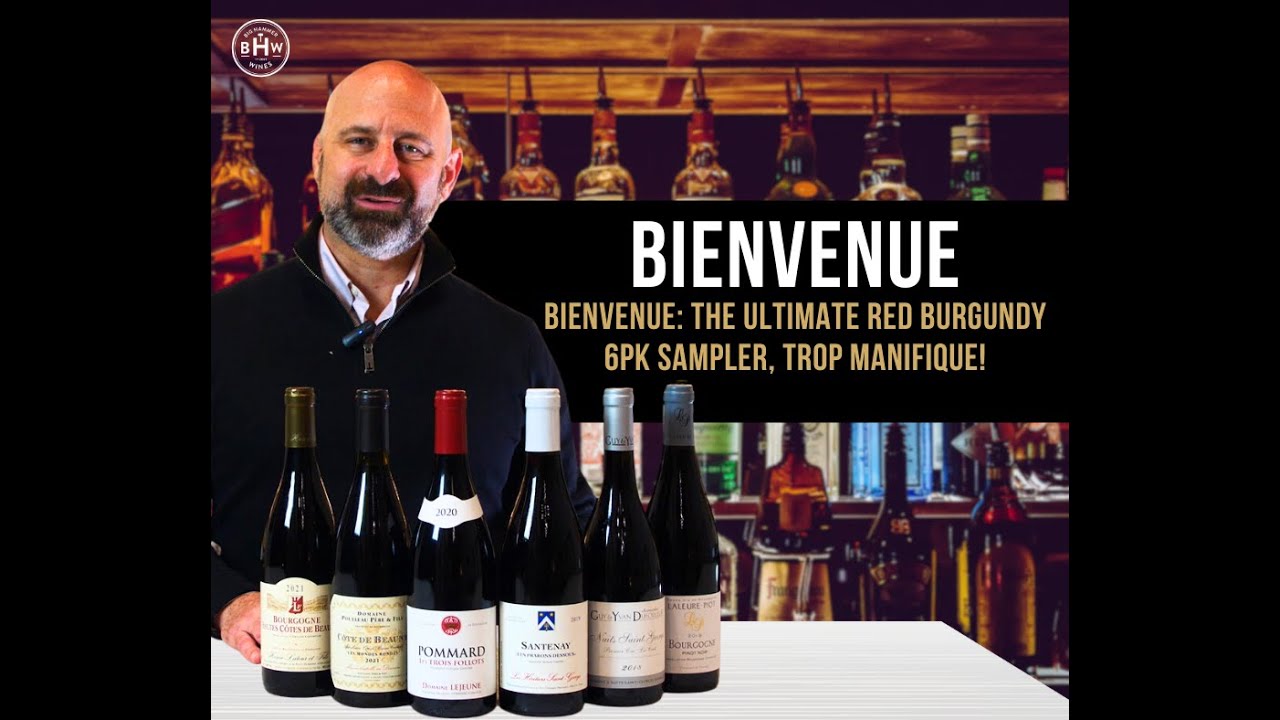
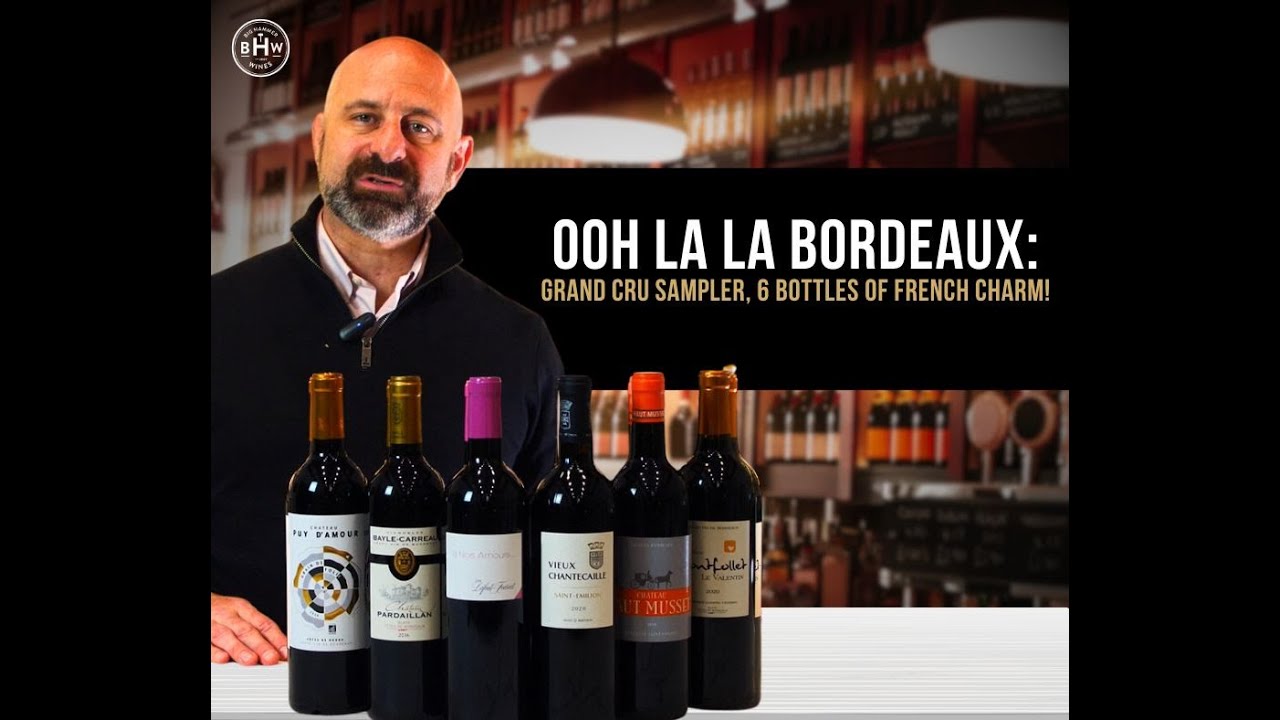
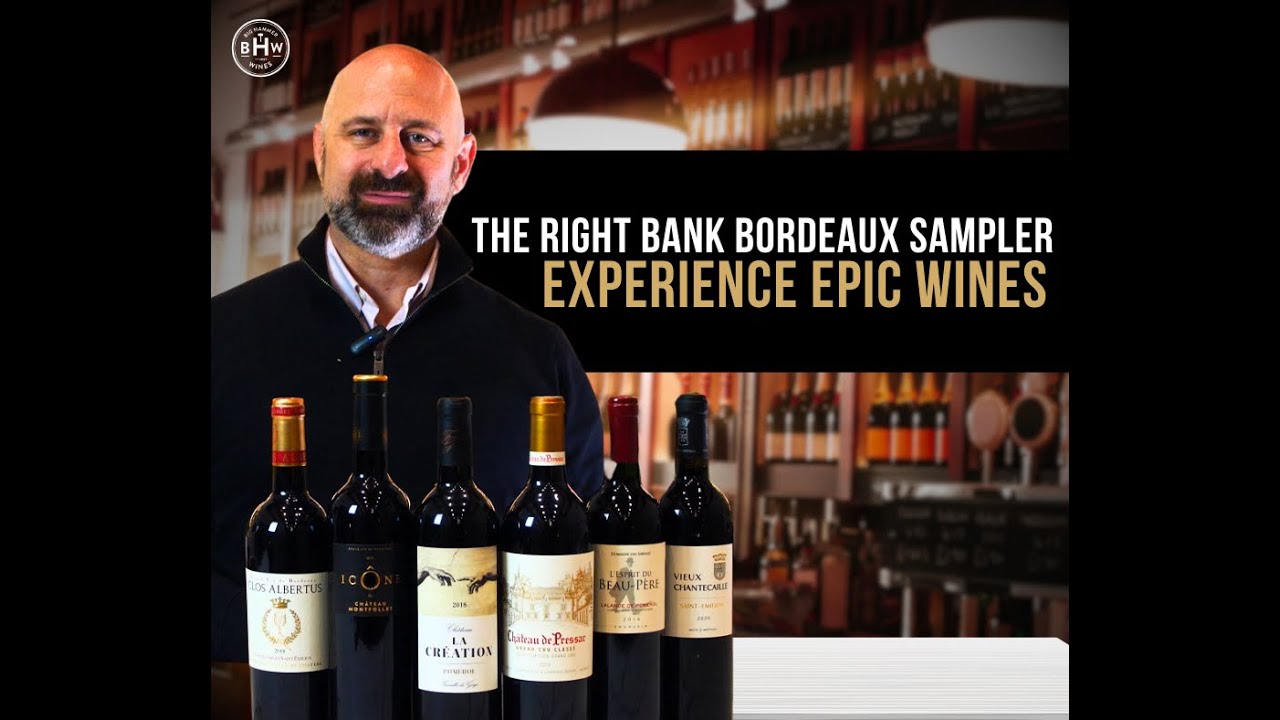
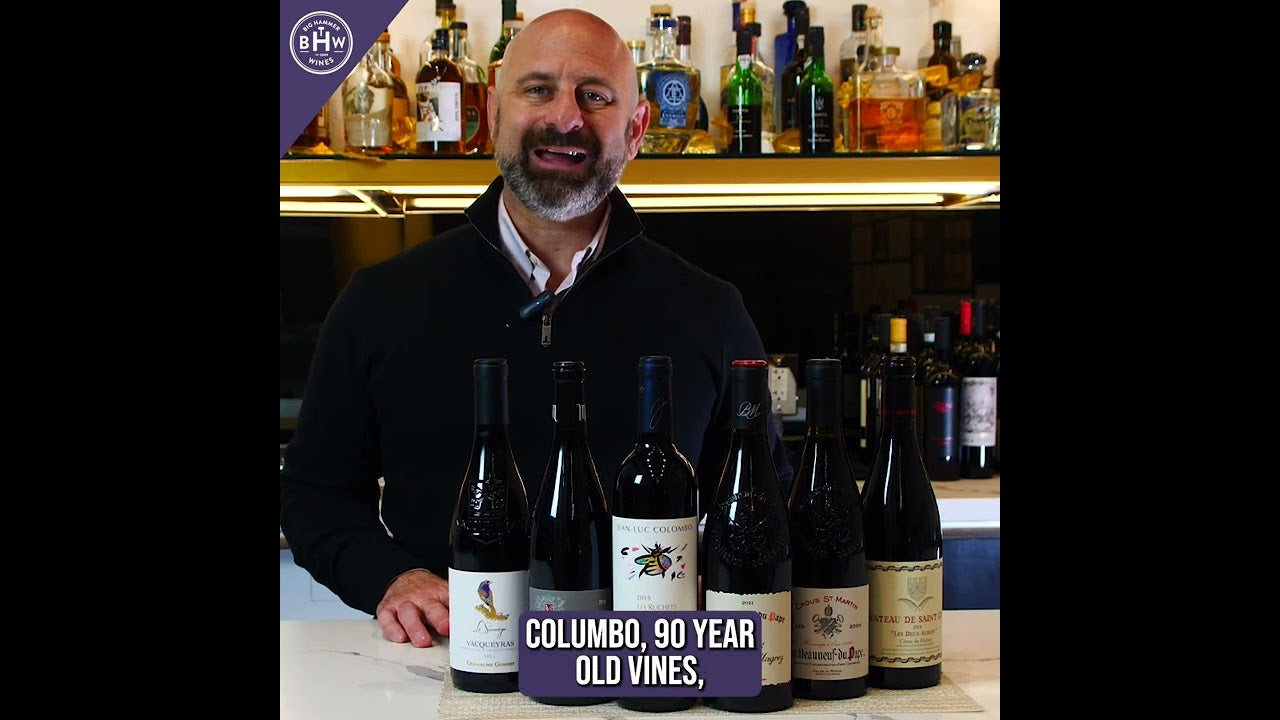
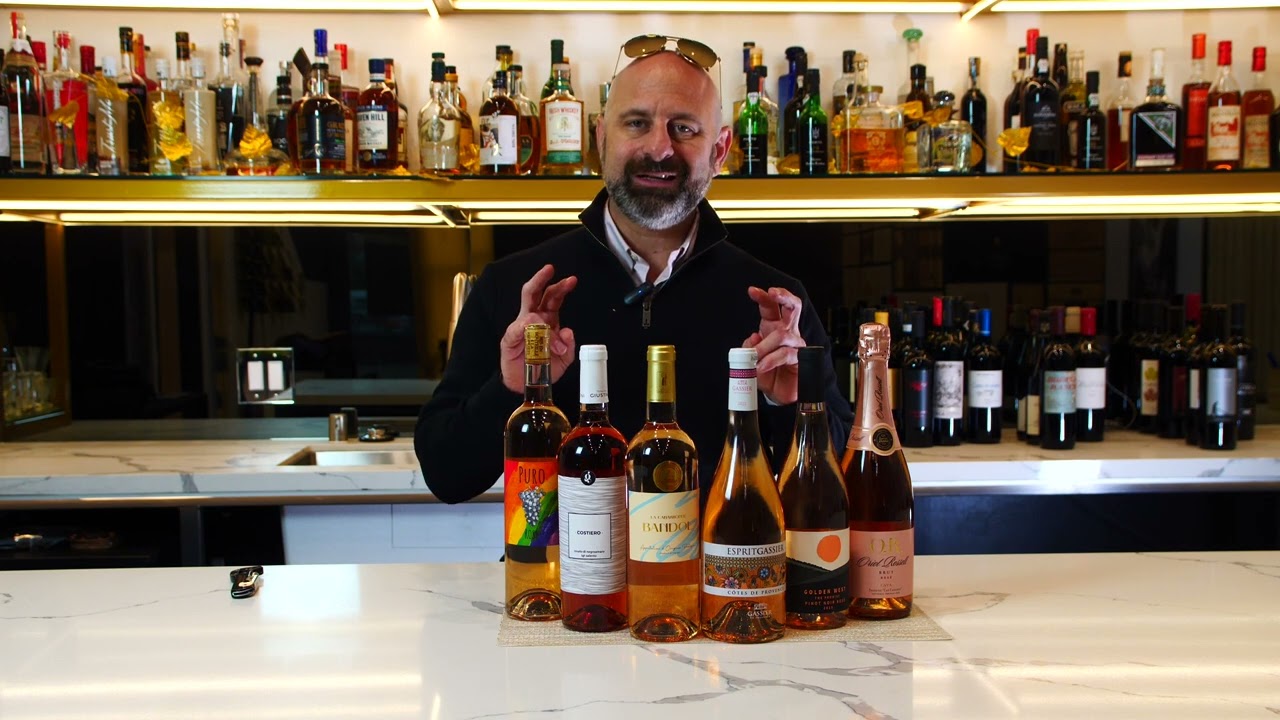
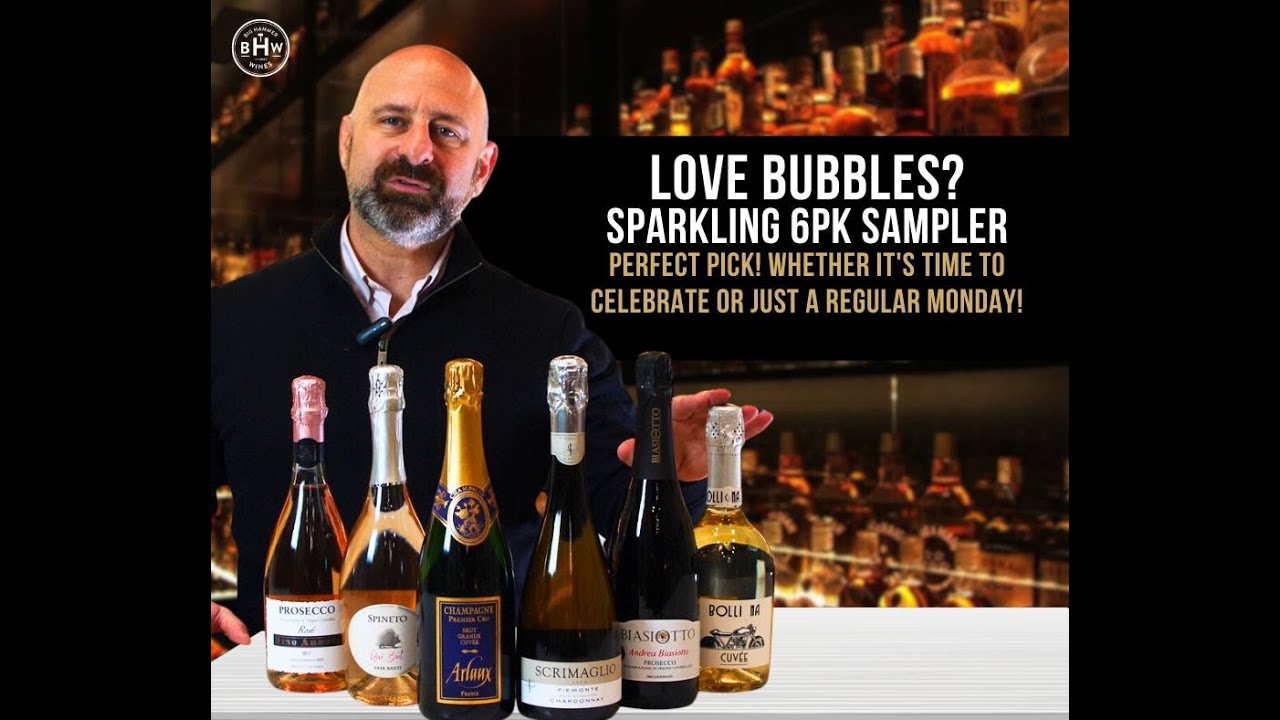
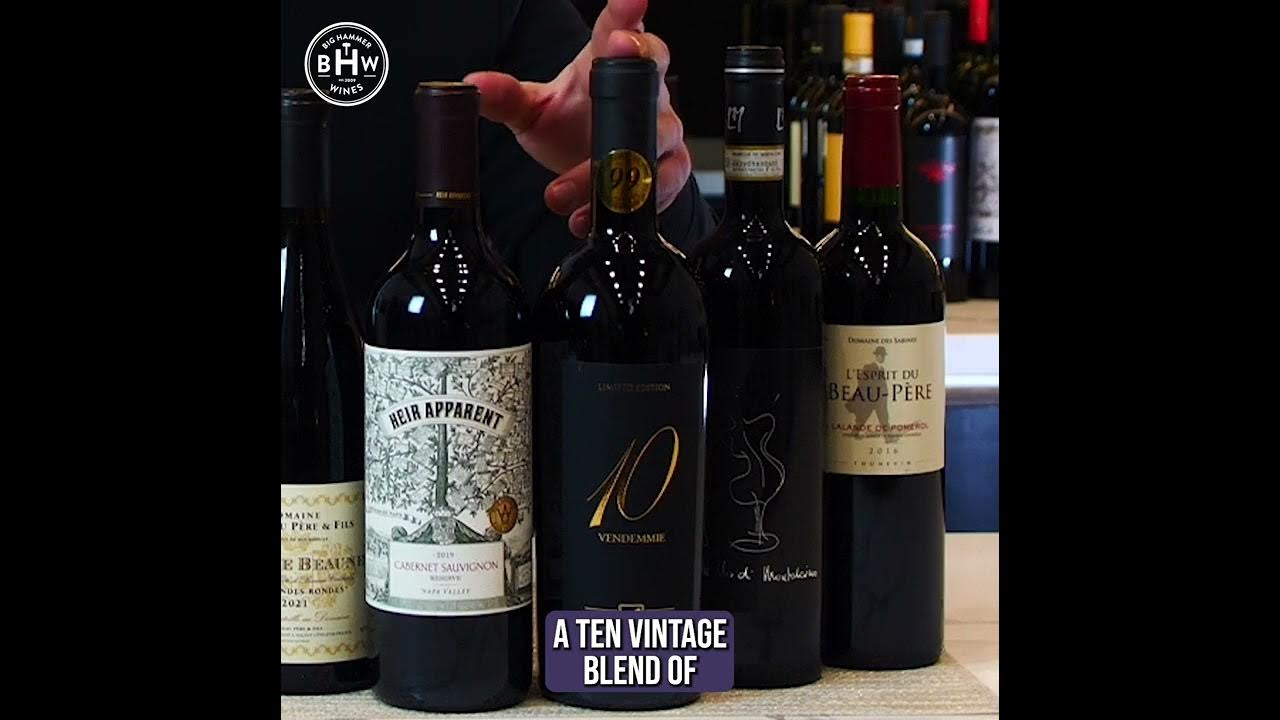
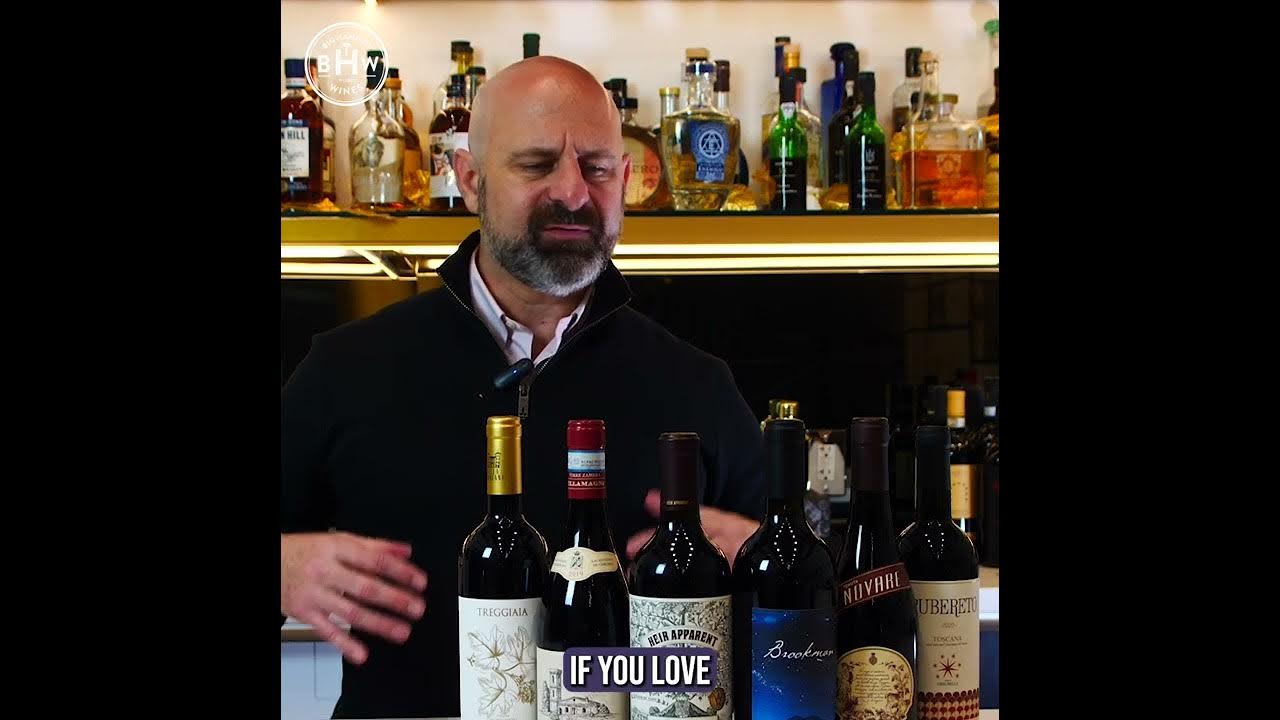
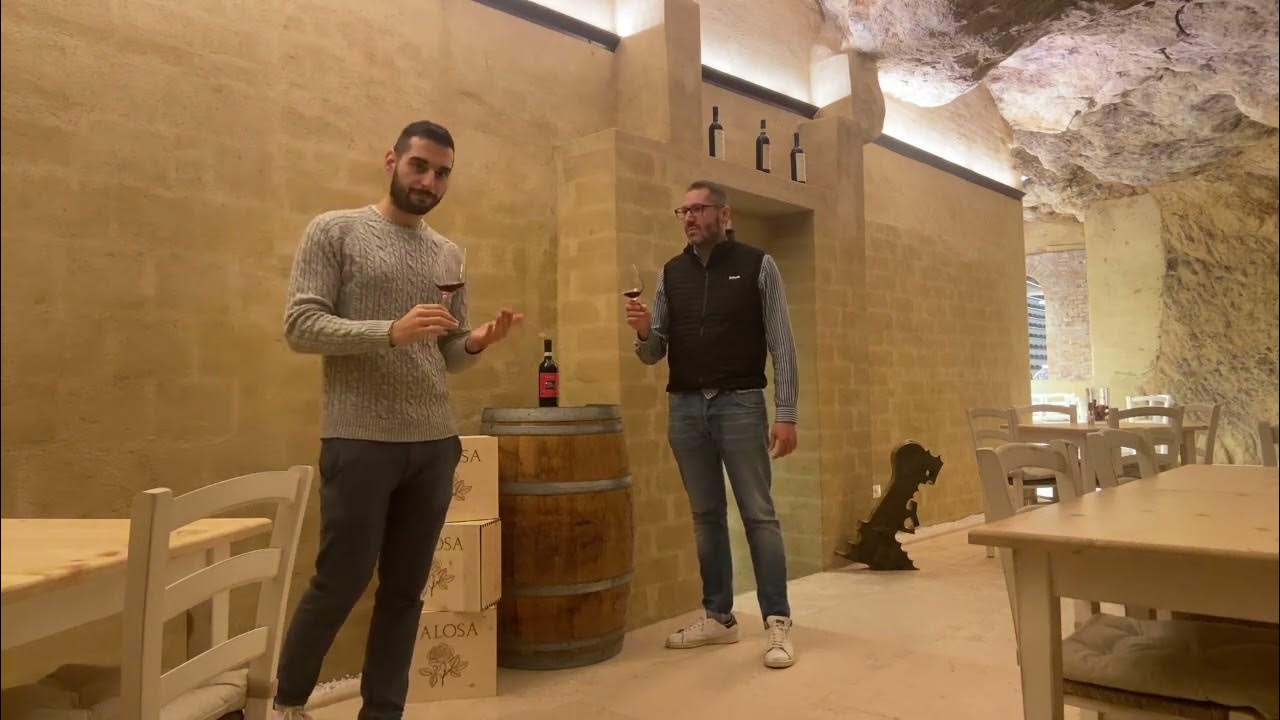
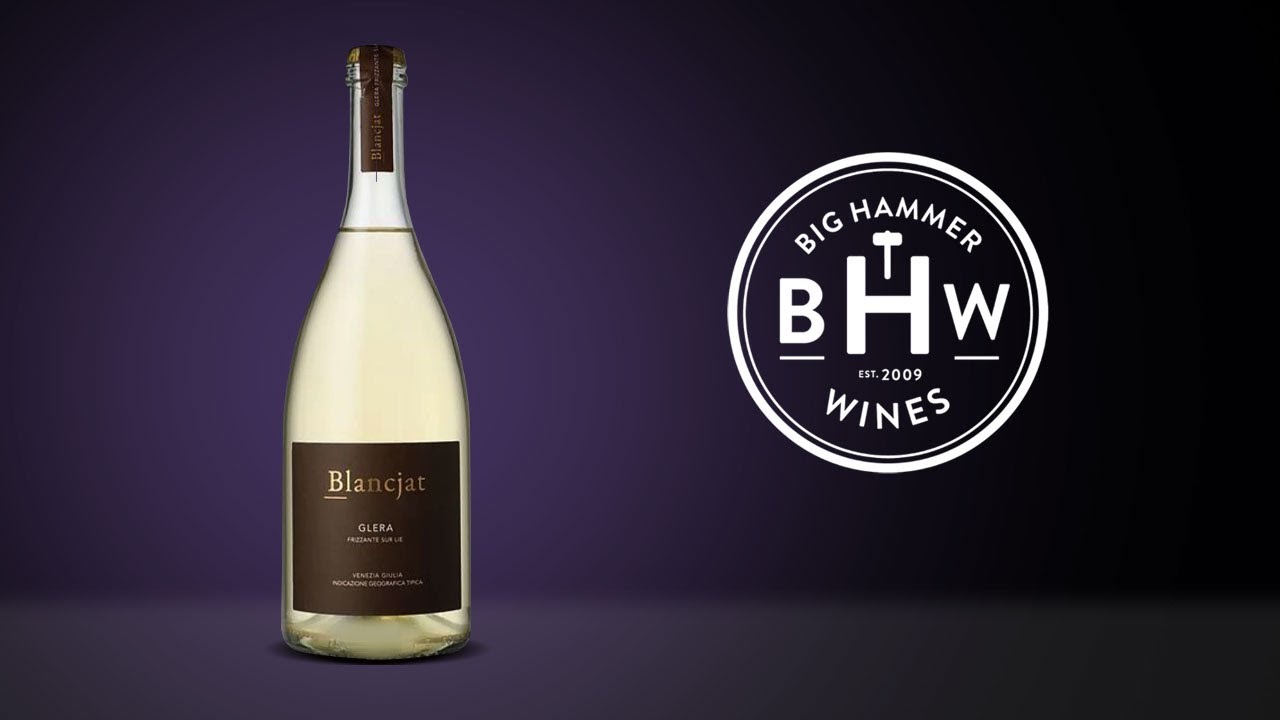
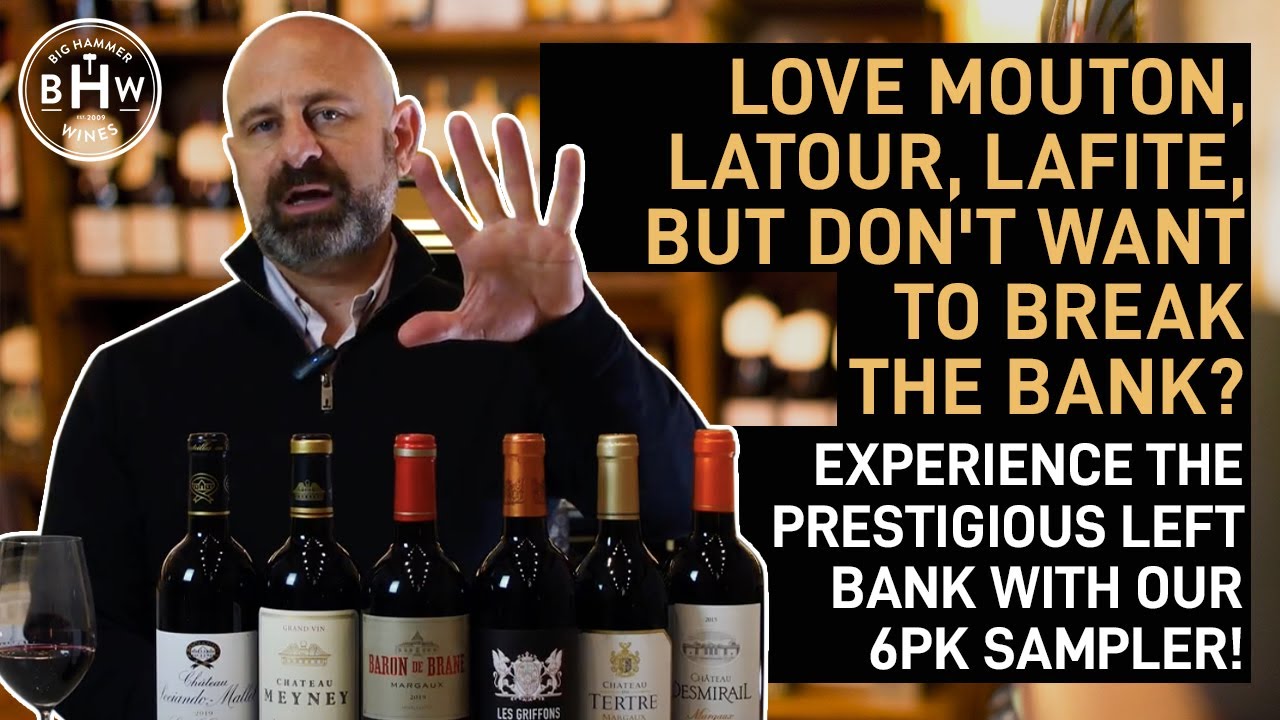
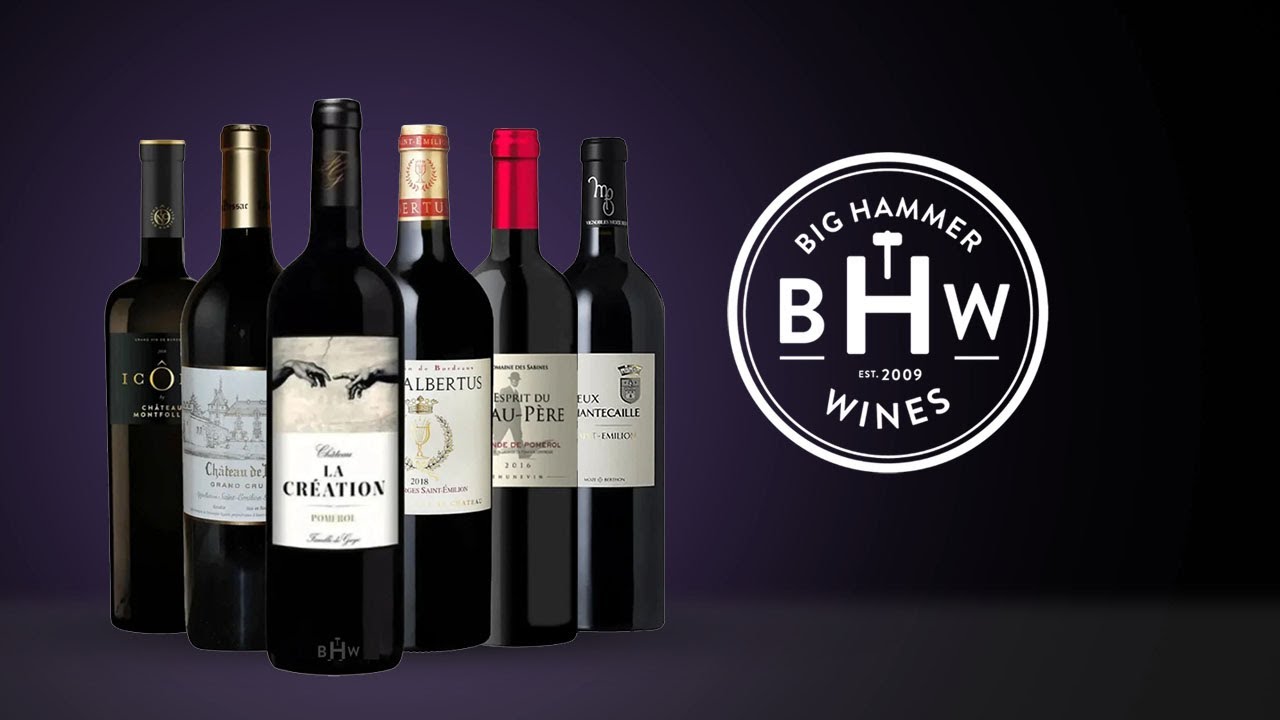
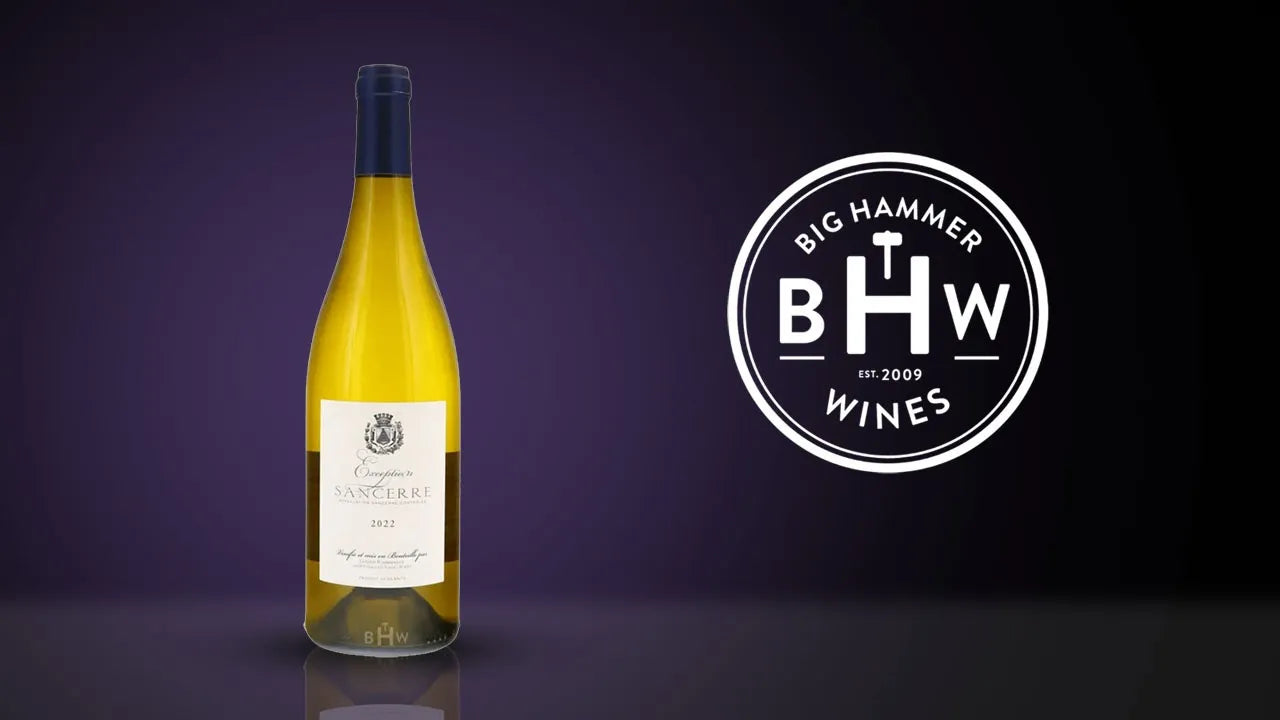
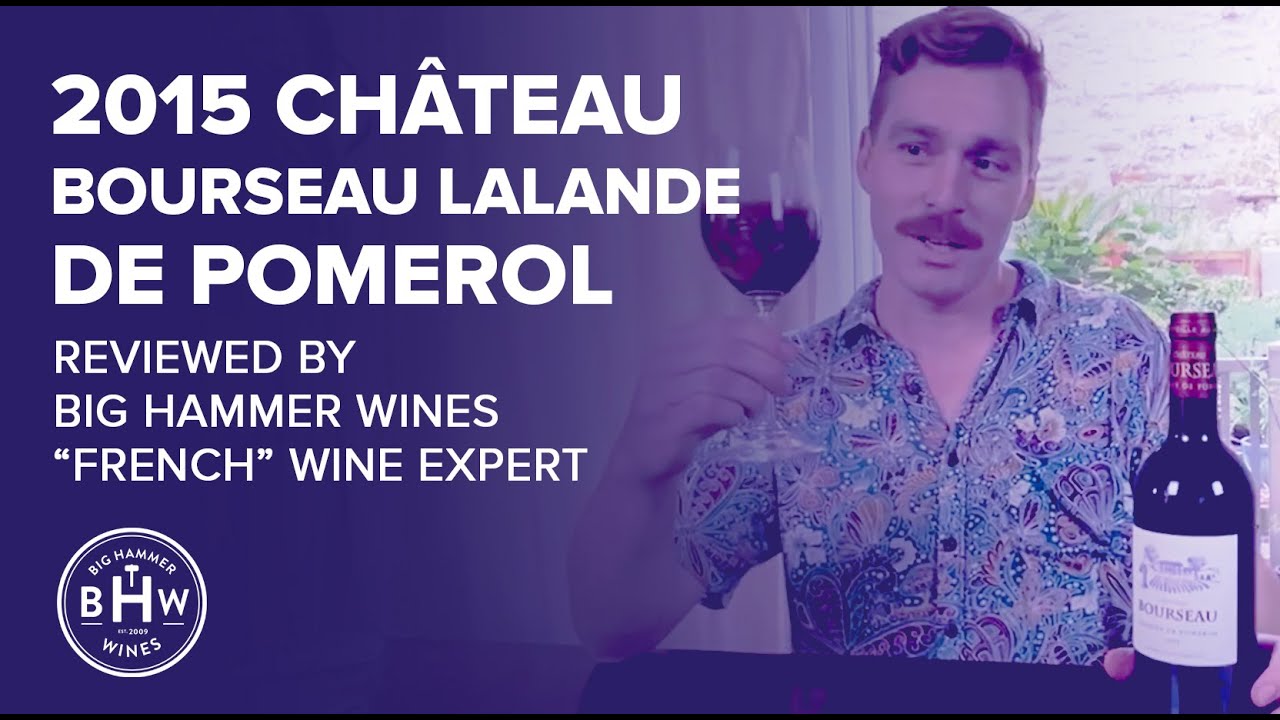
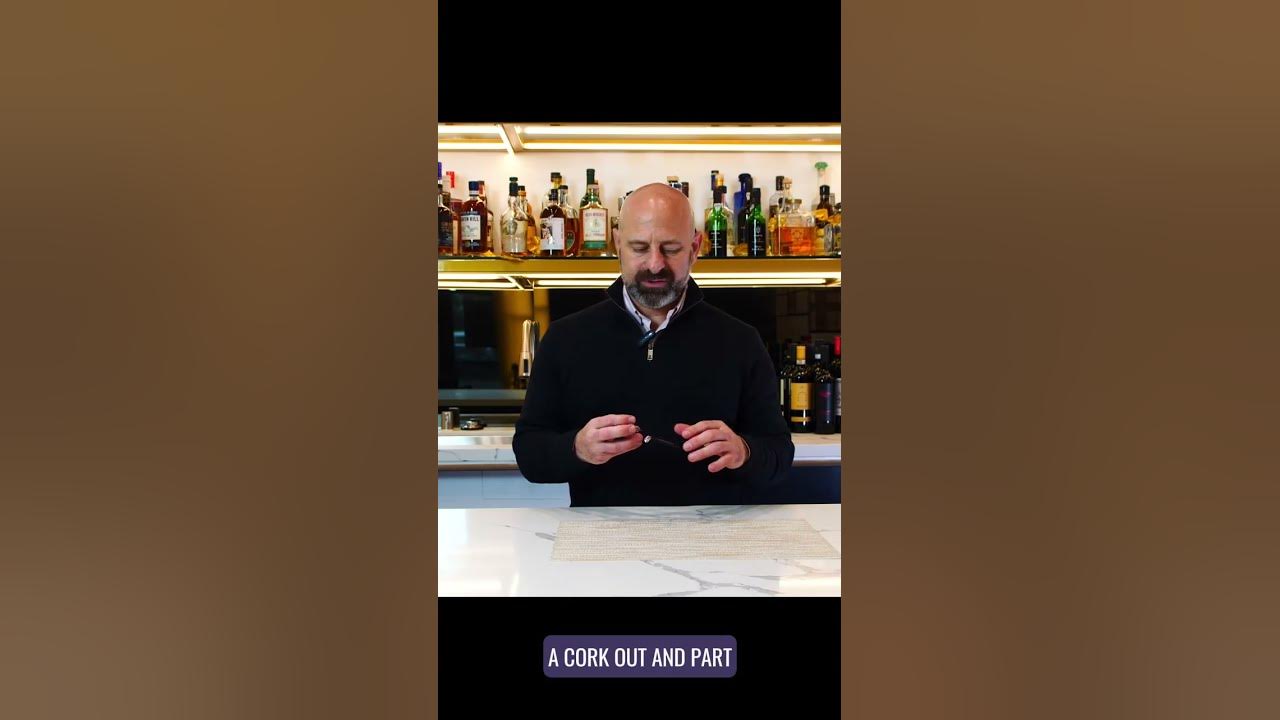
These wines are waiting for you – shop now!
SHOP COLLECTIONShare:
Three Perfect Days in Florence. Wine, History and Food. What More Could You Ask For?
Prosecco Rosé: The Wine You Didn’t Know You Needed
Comments Section